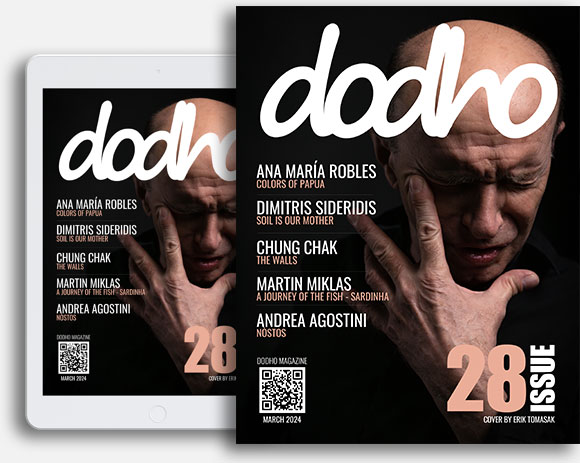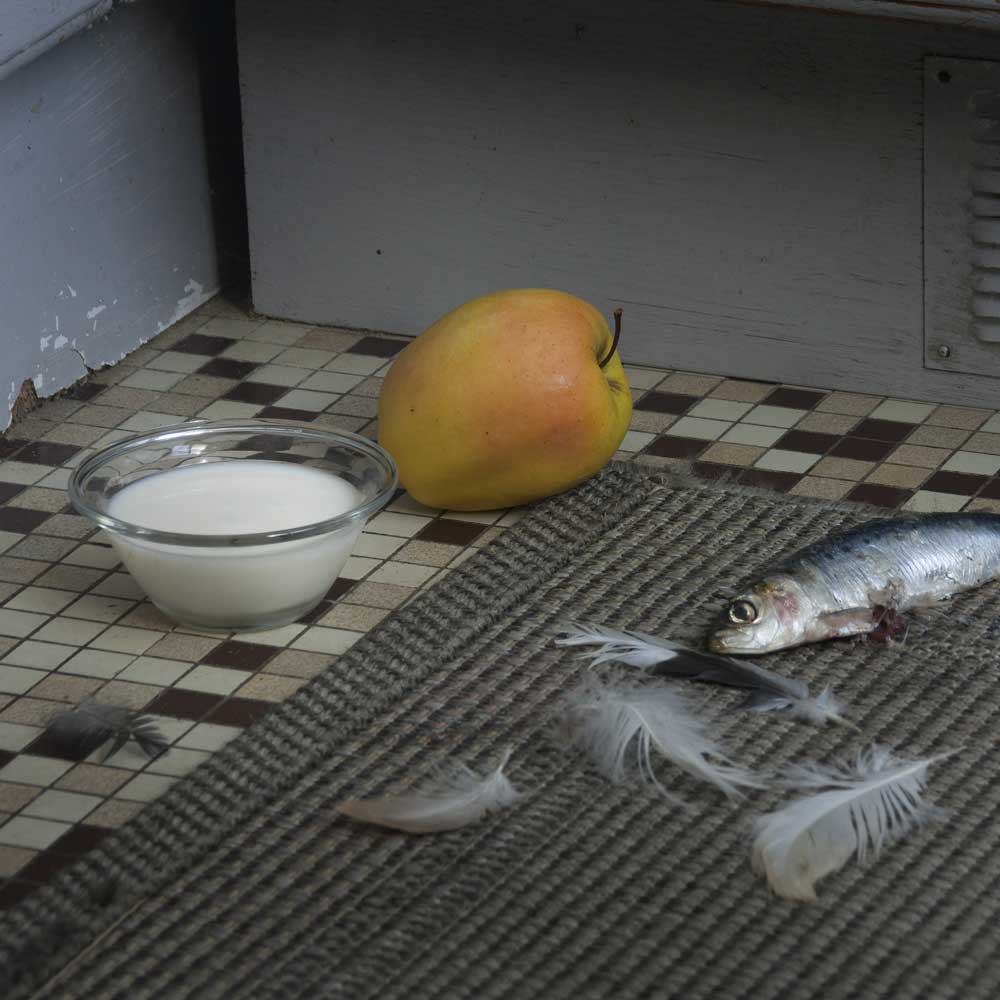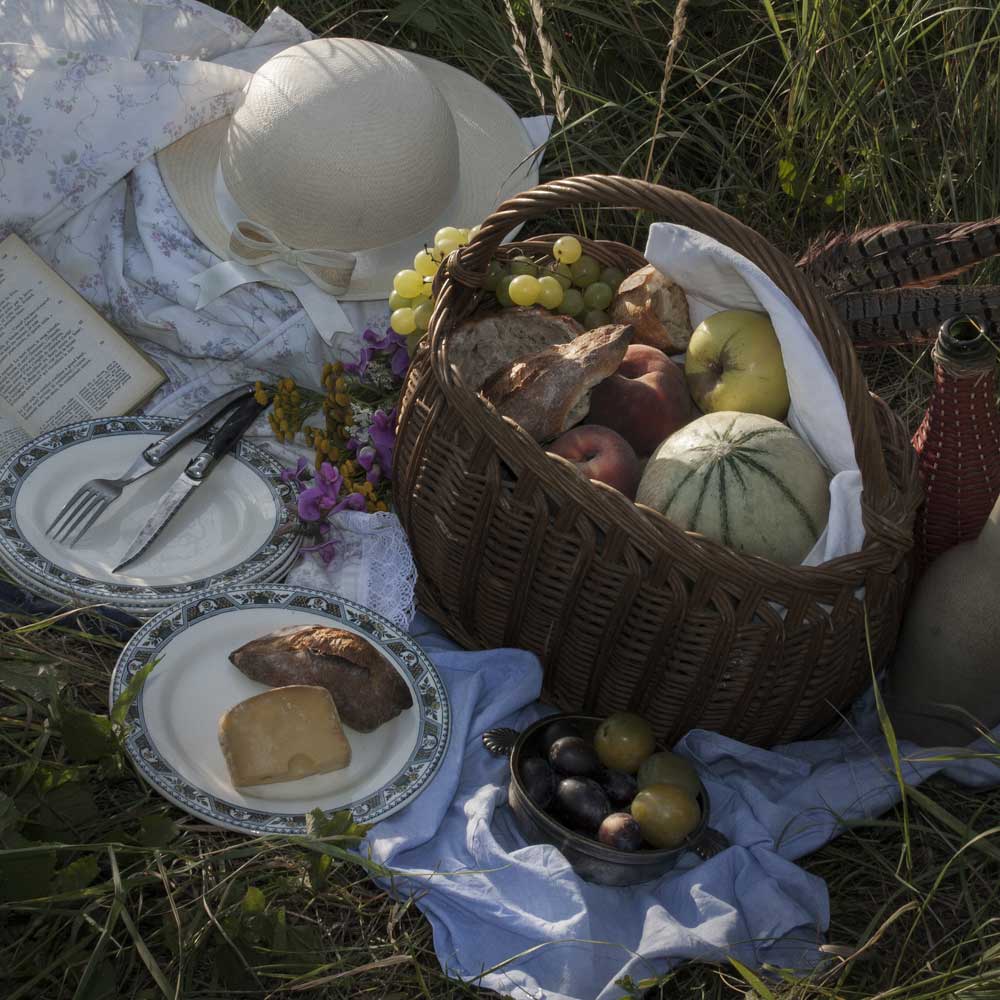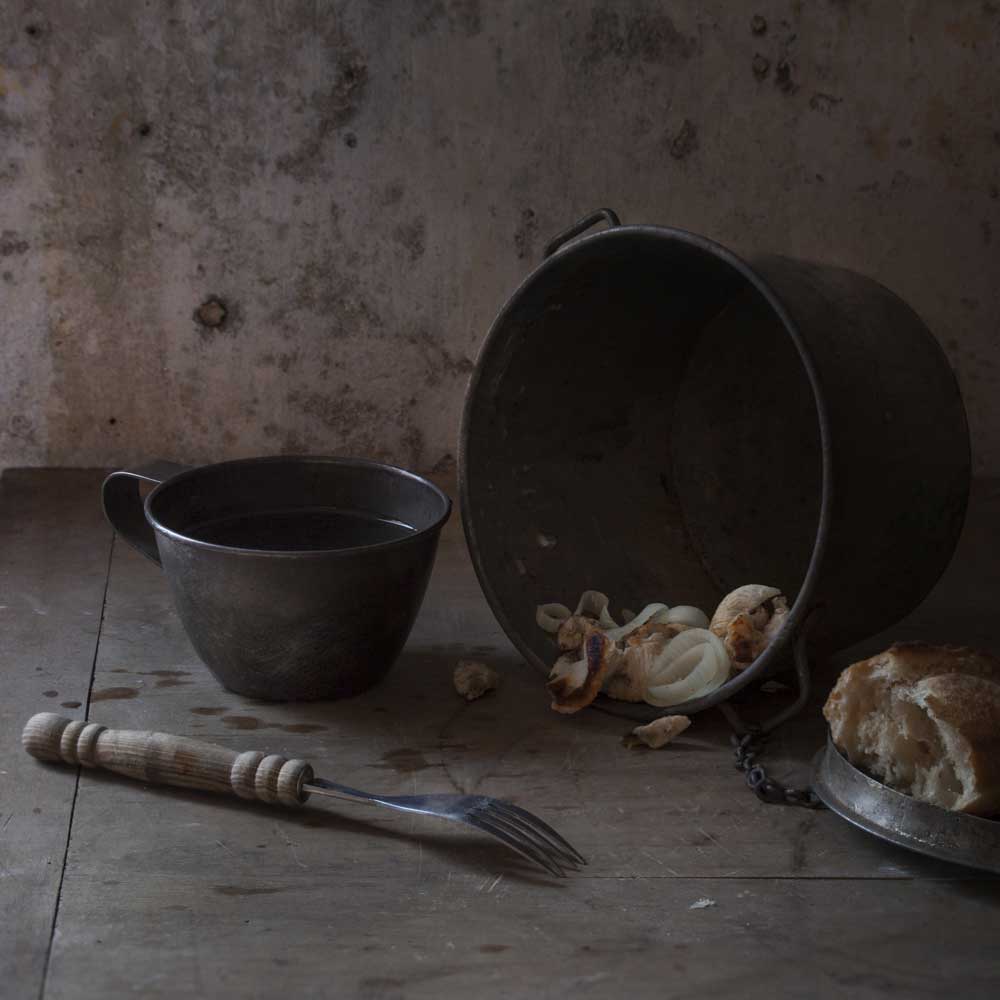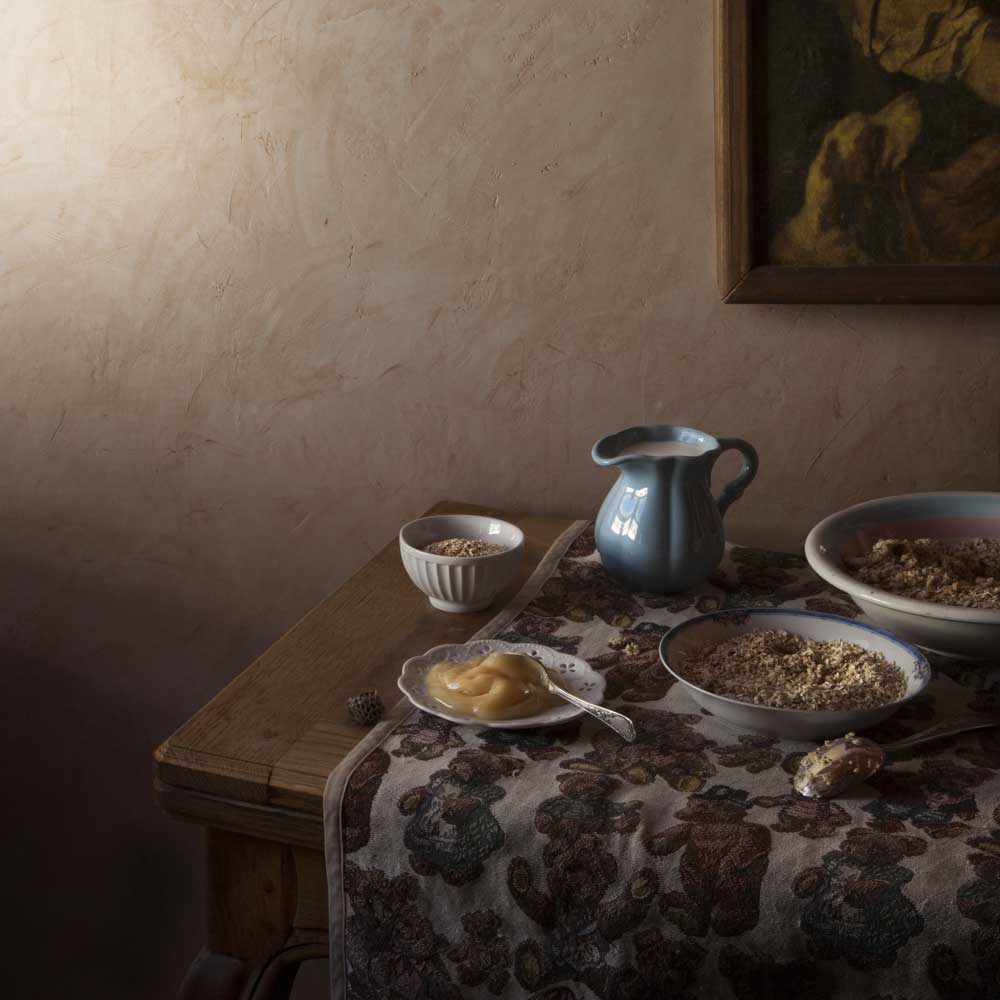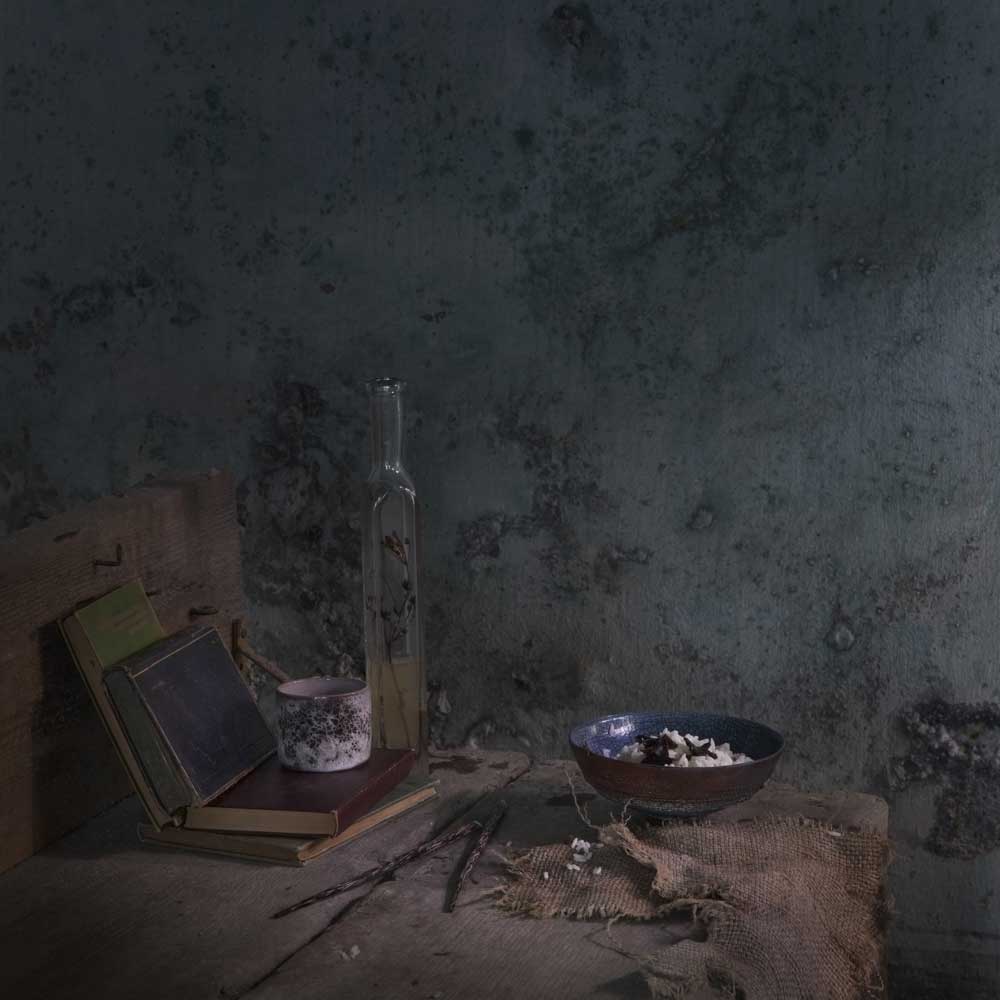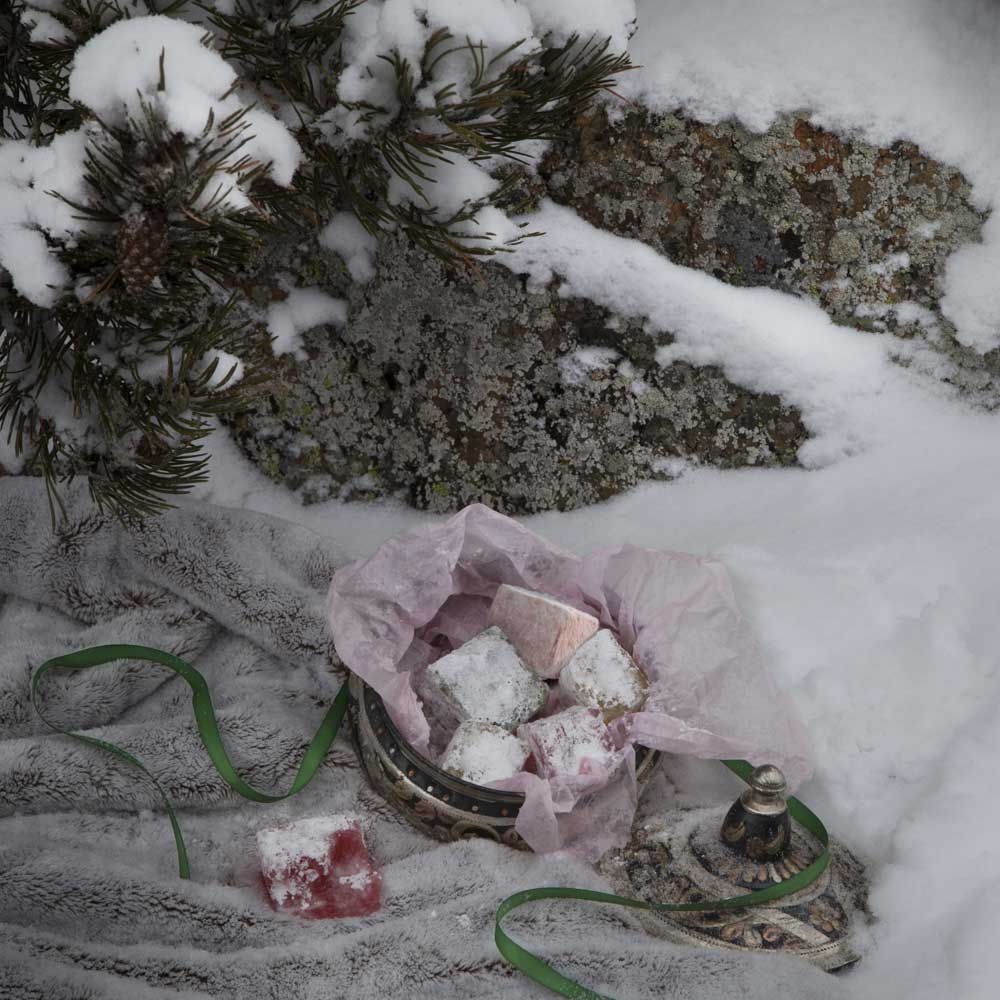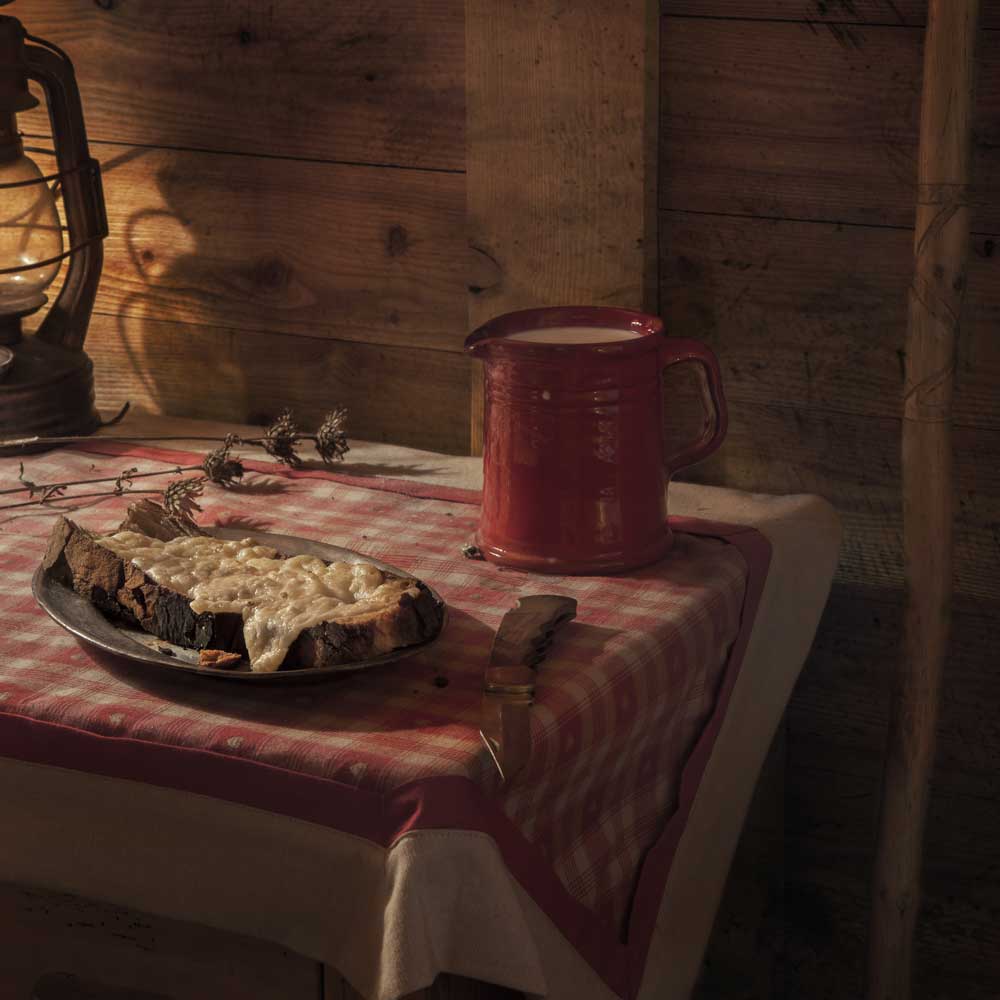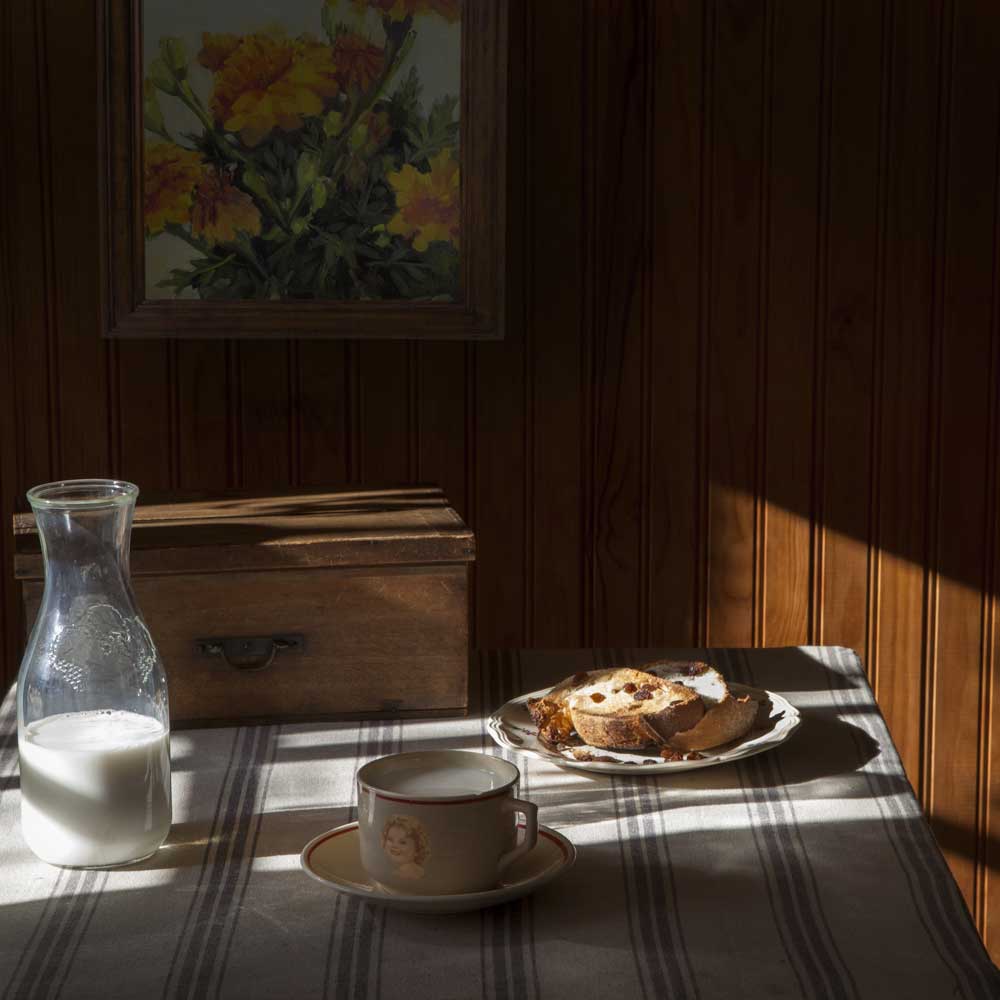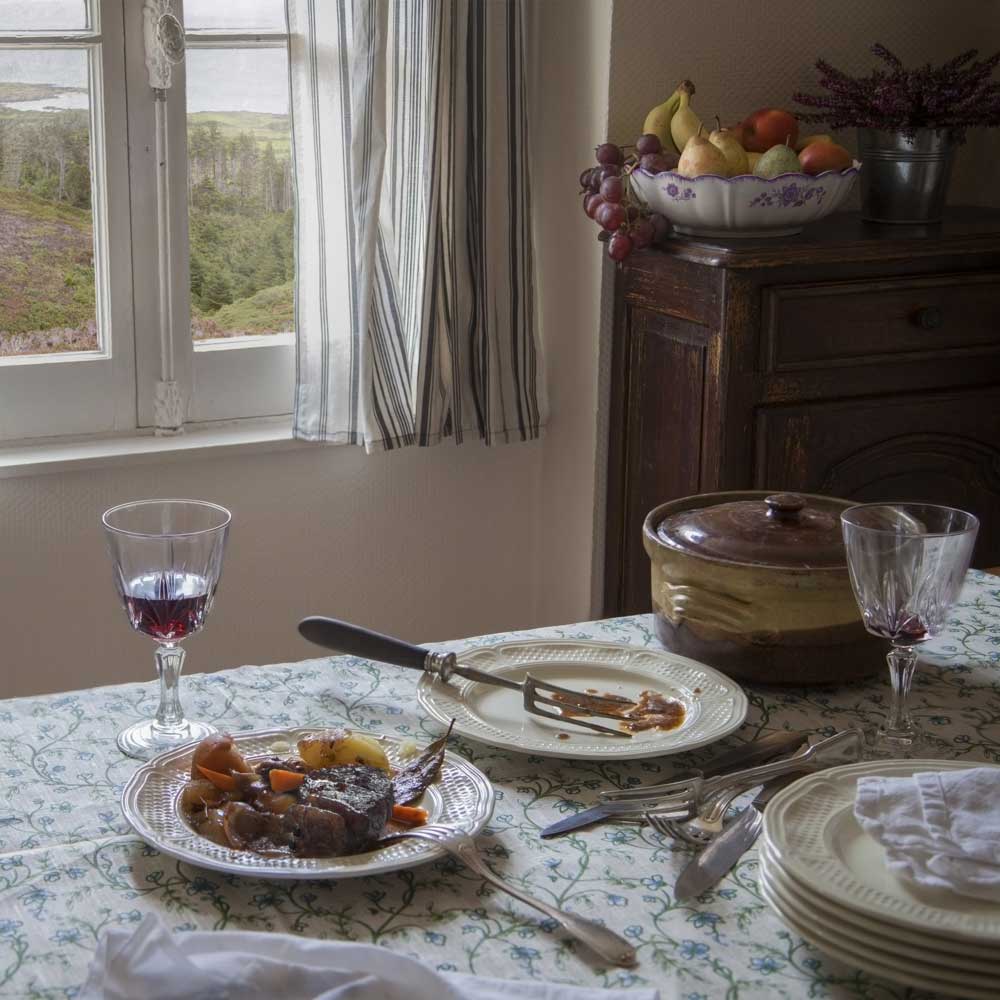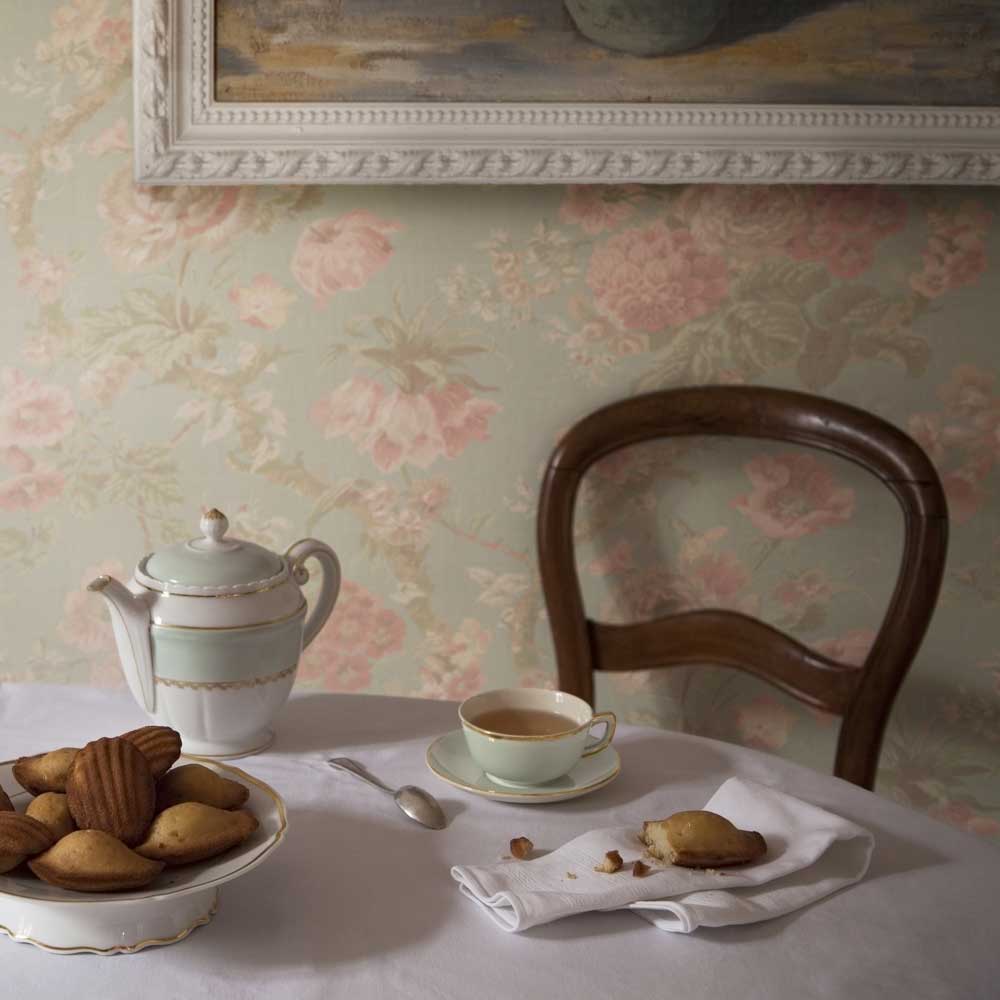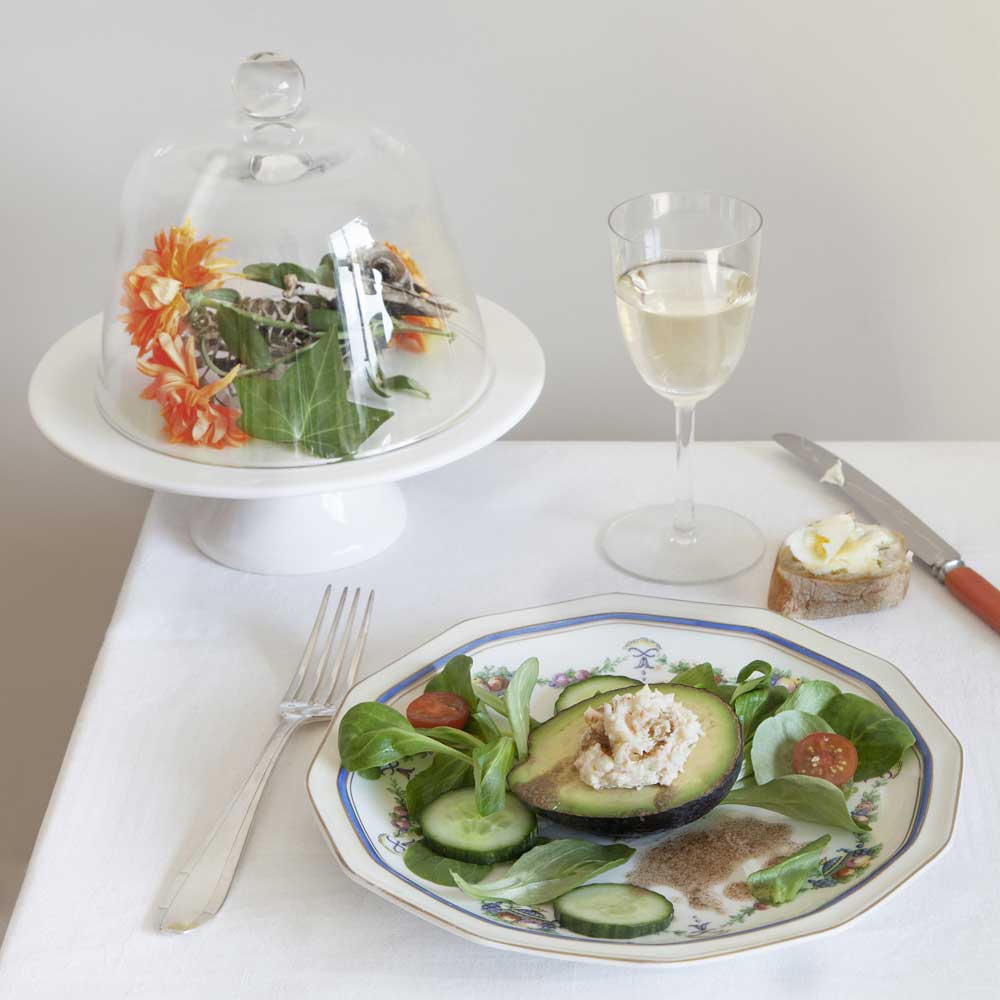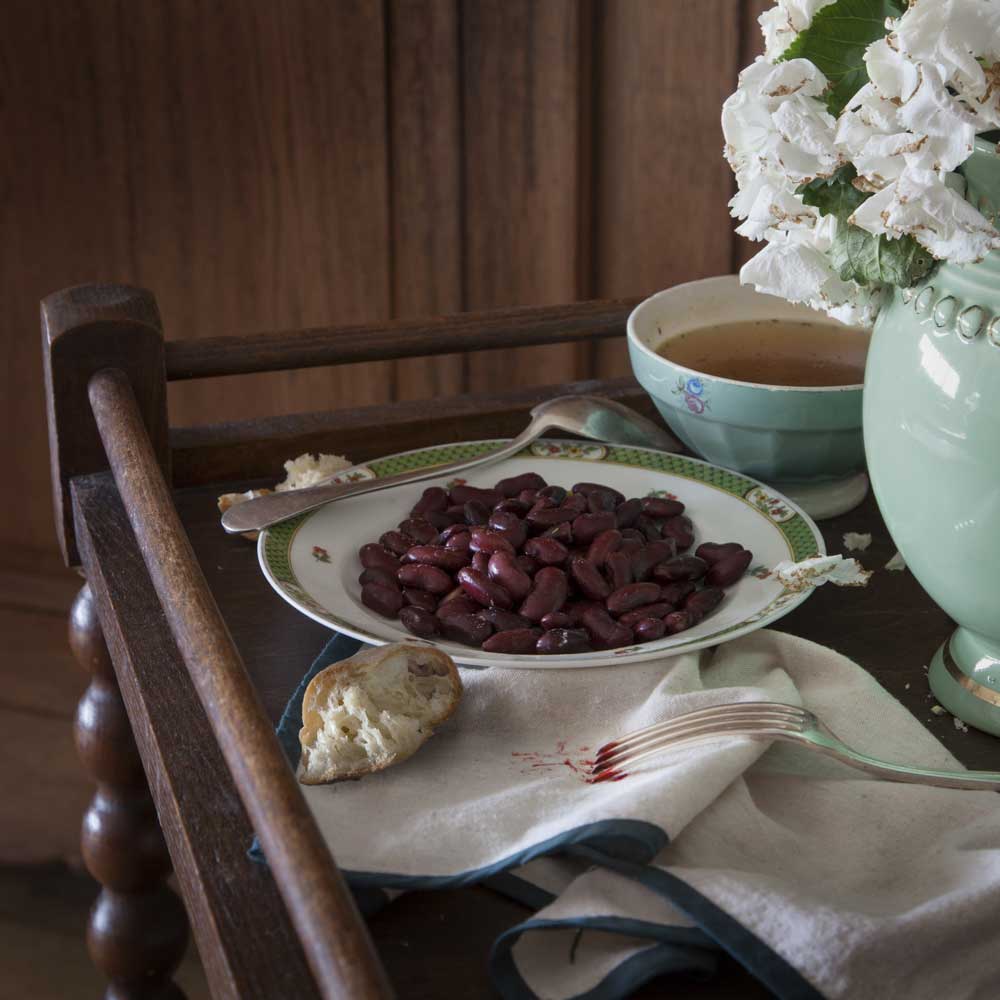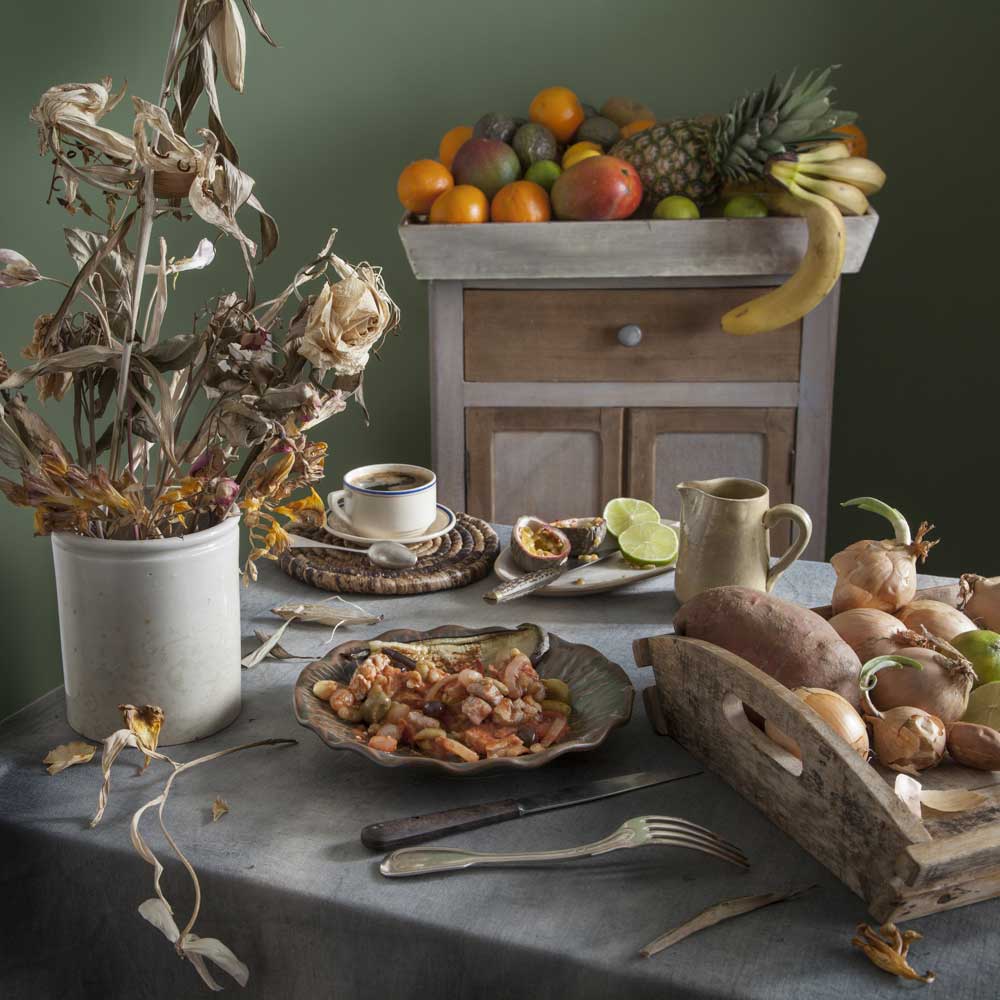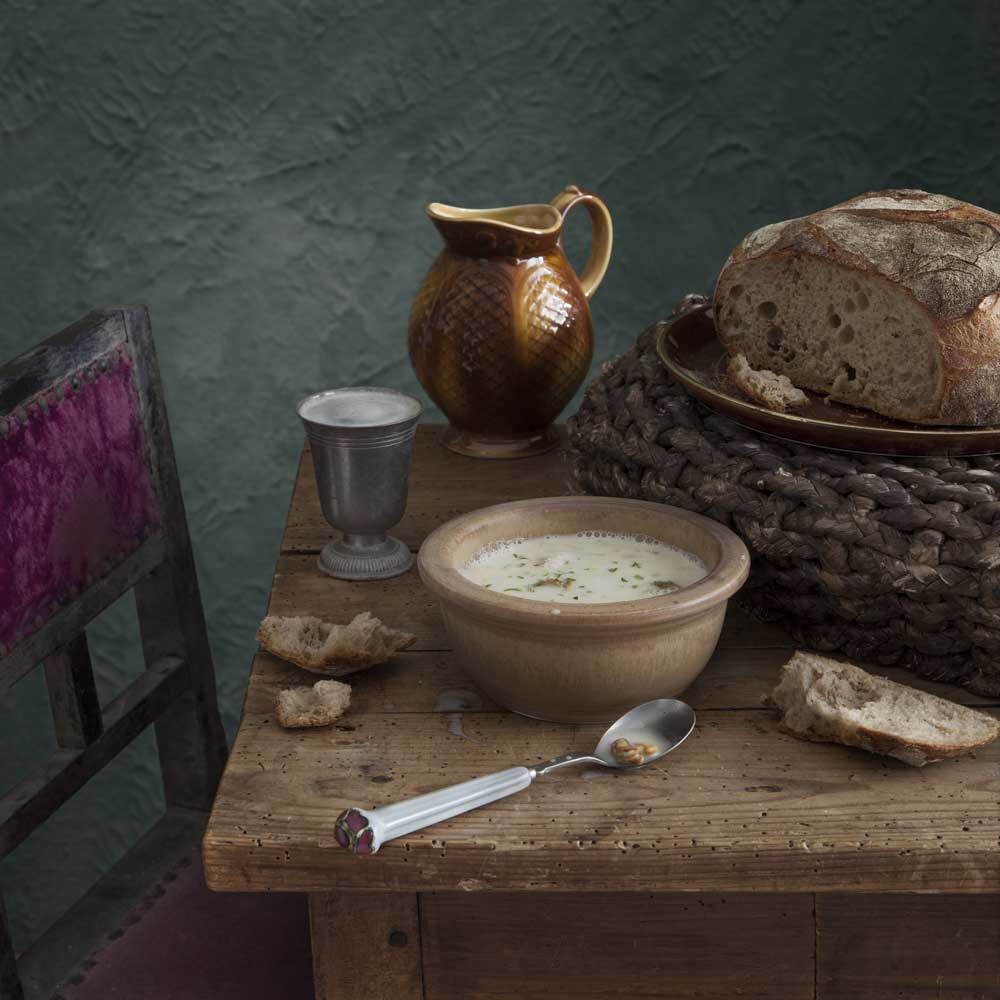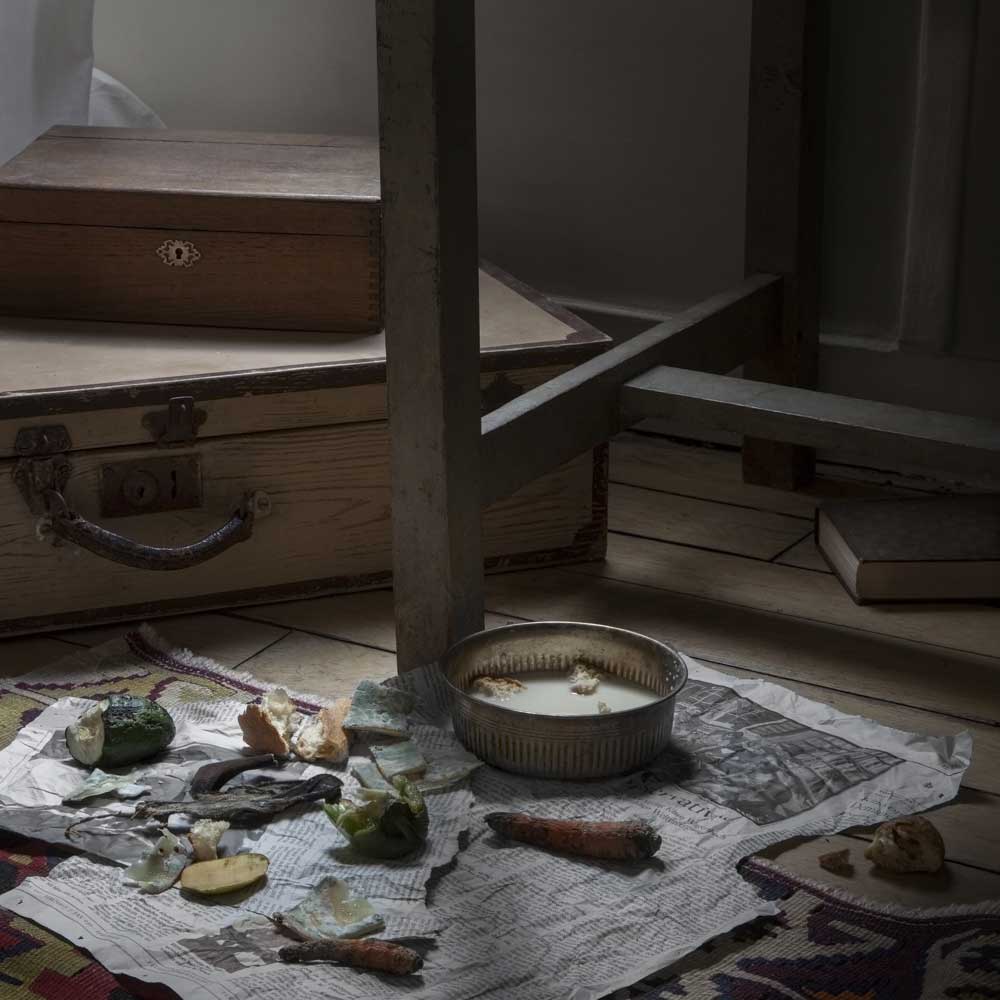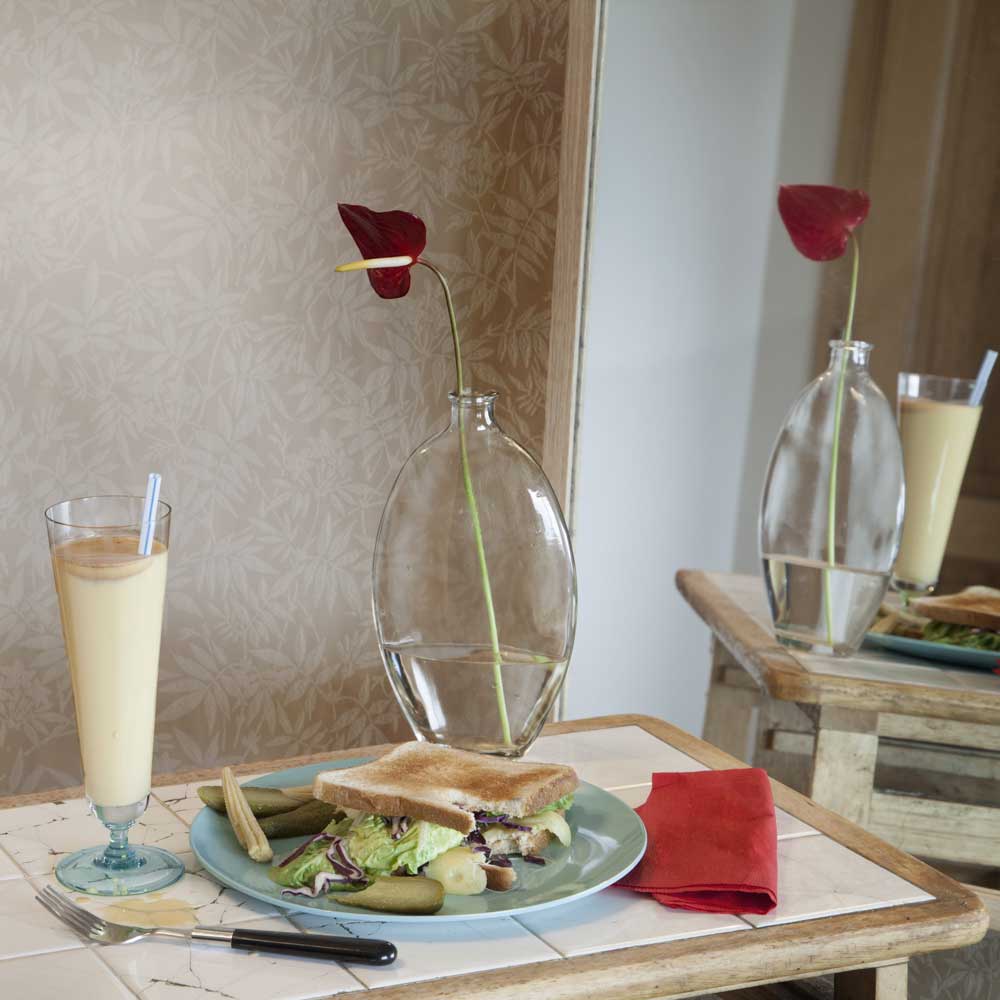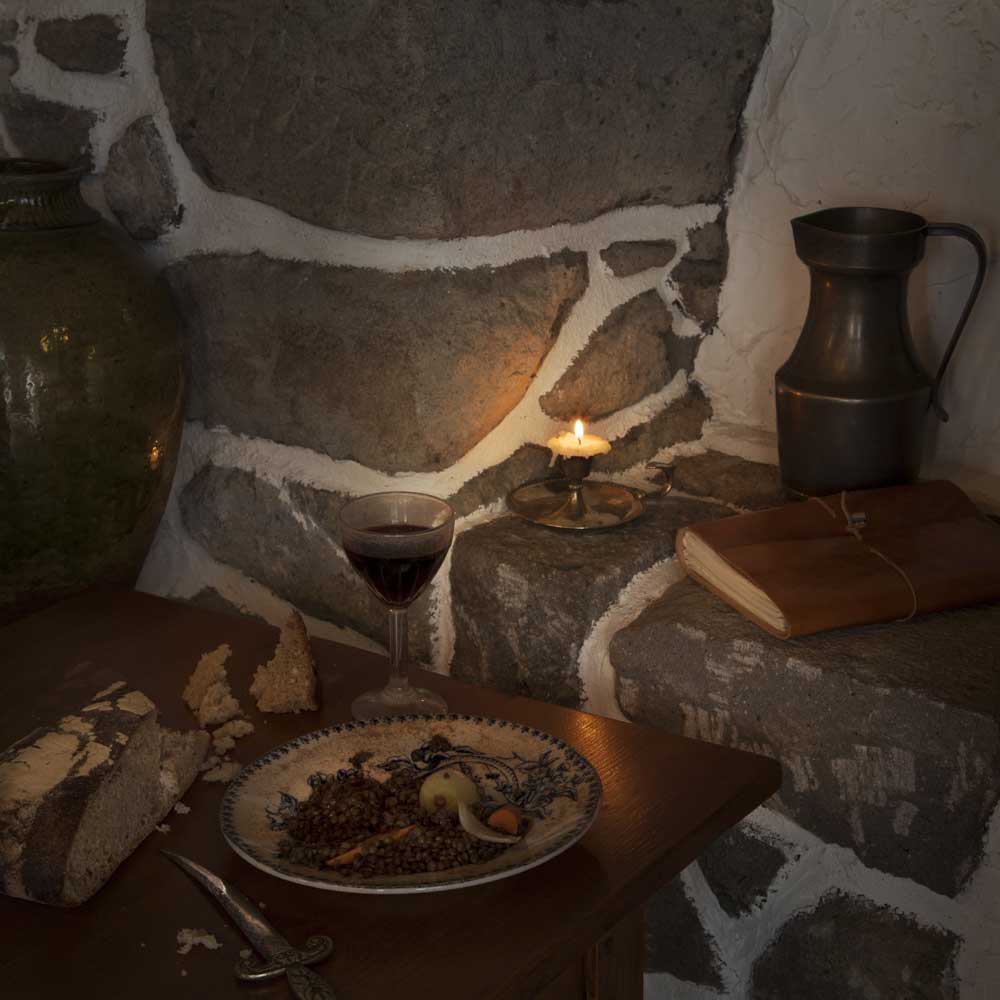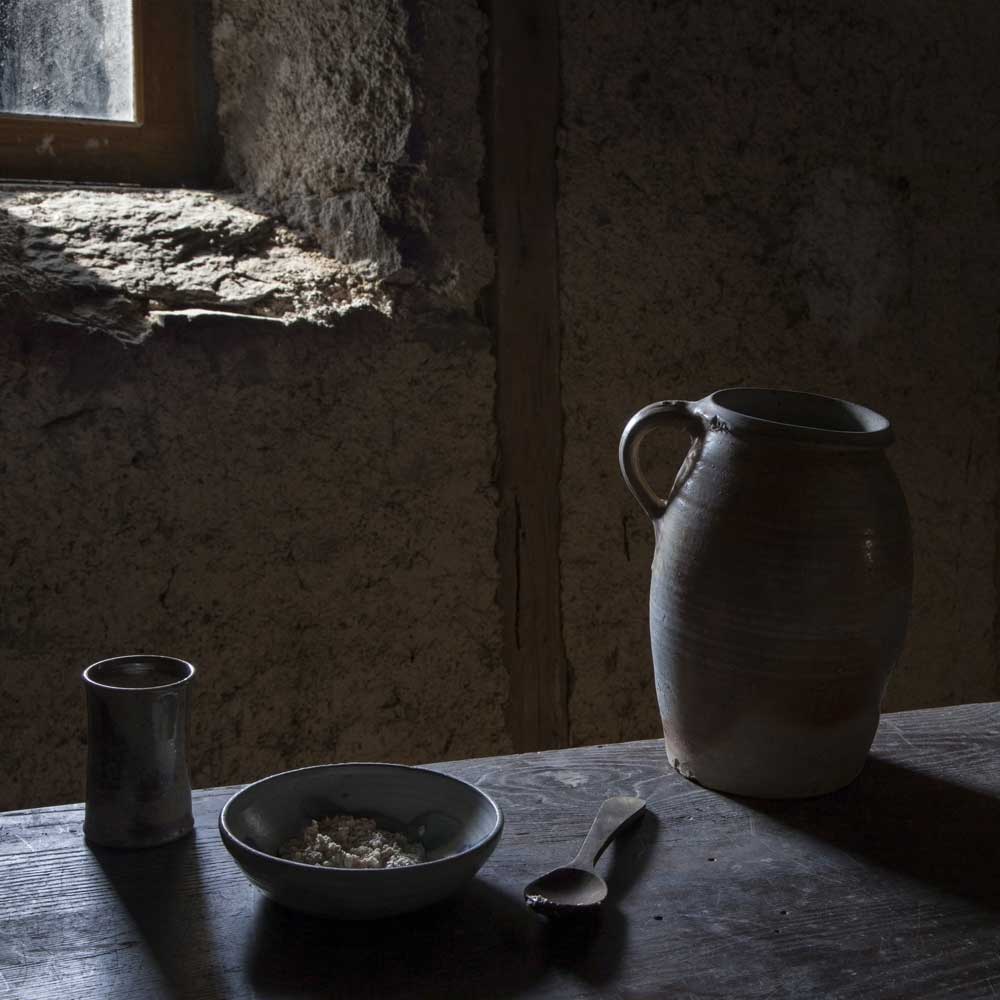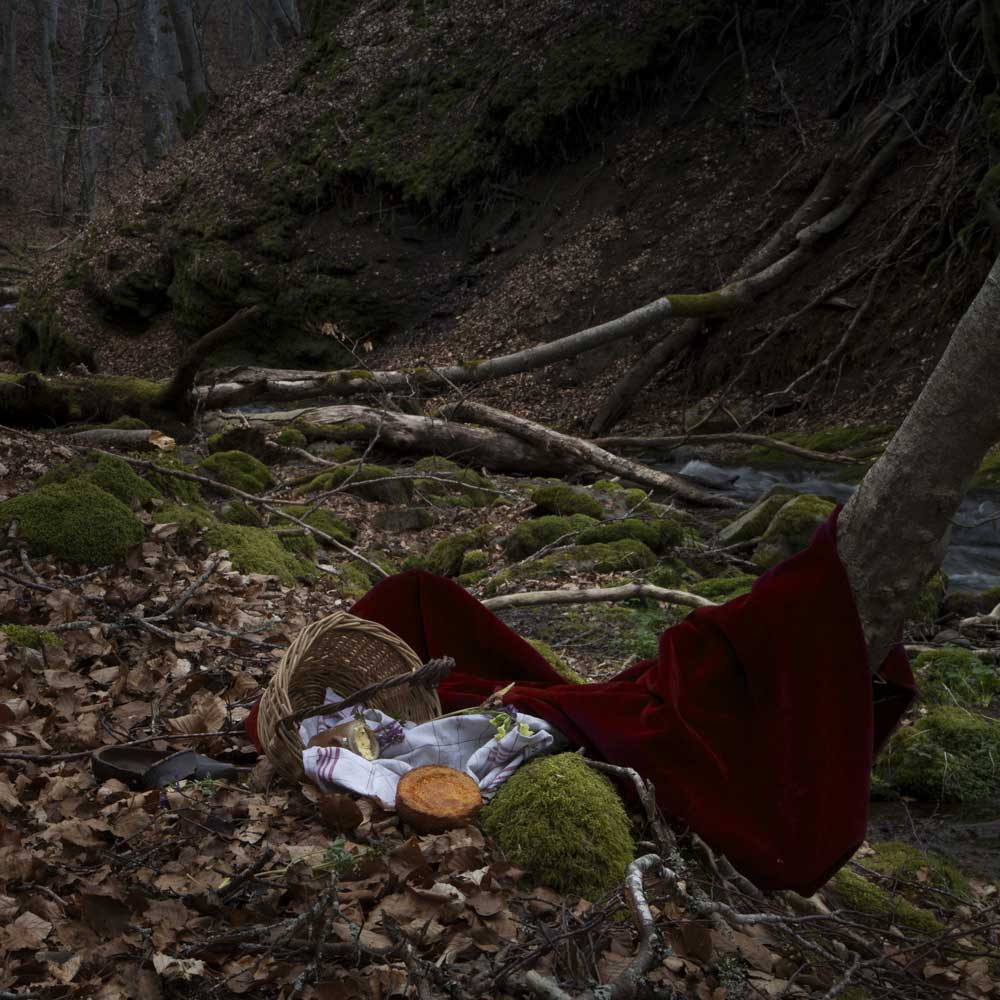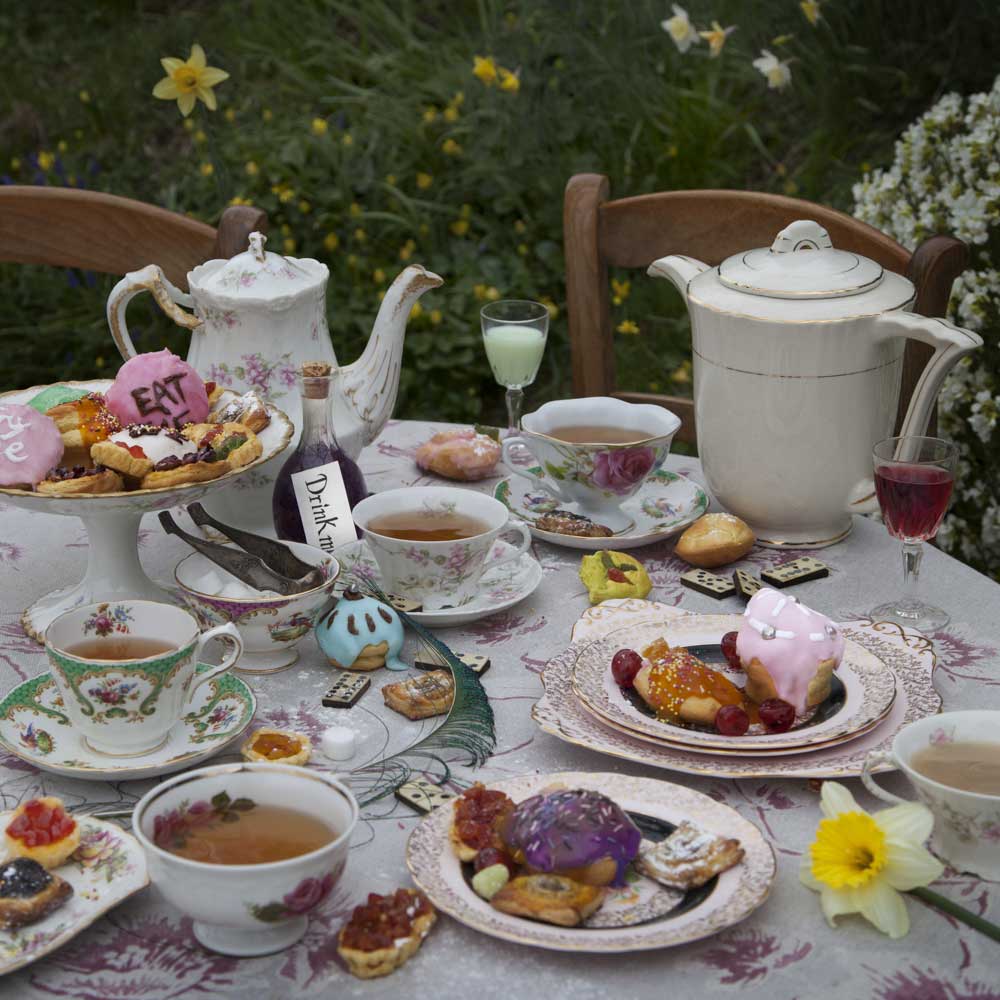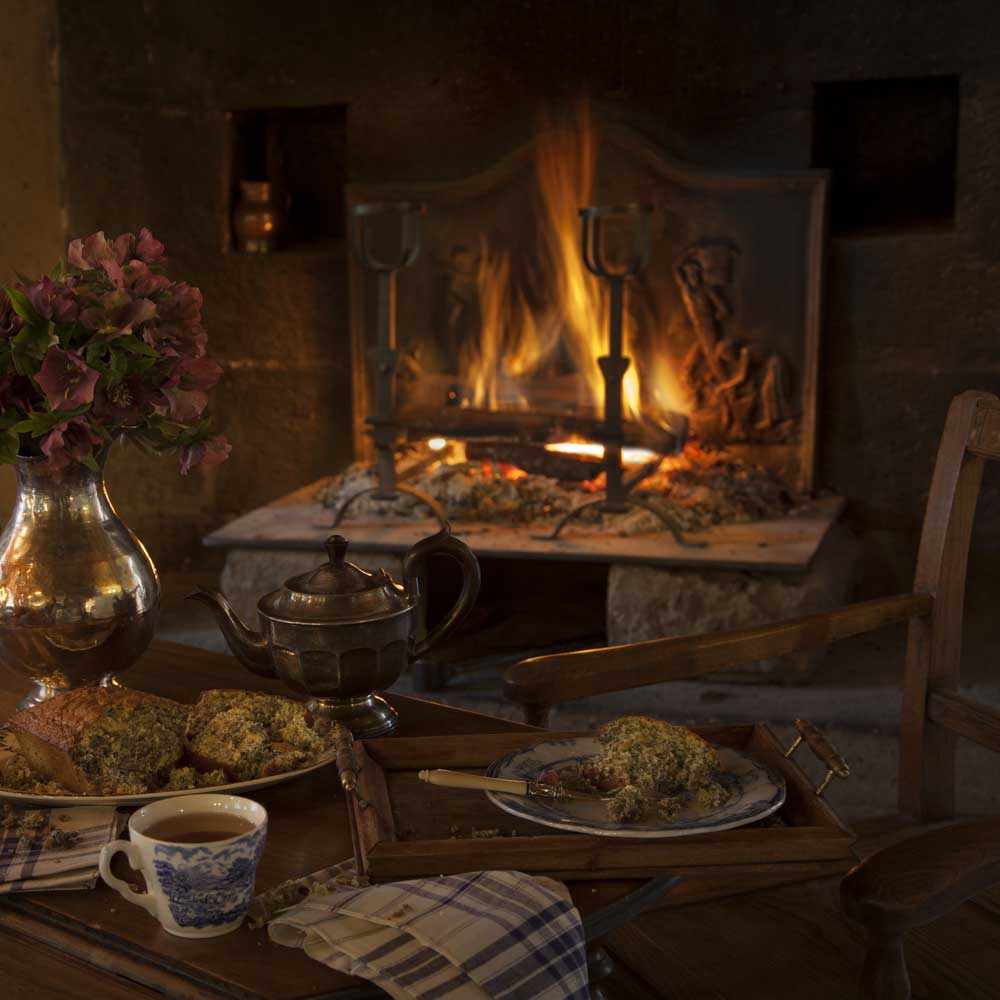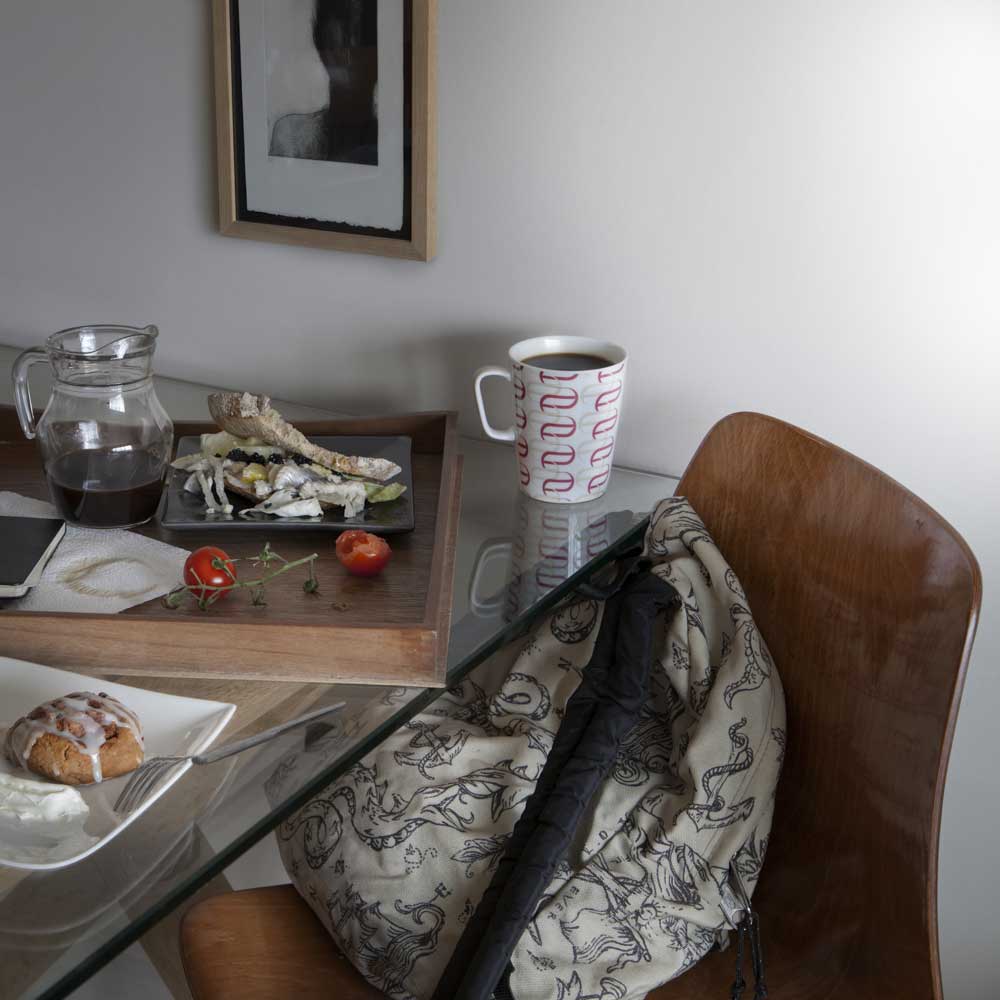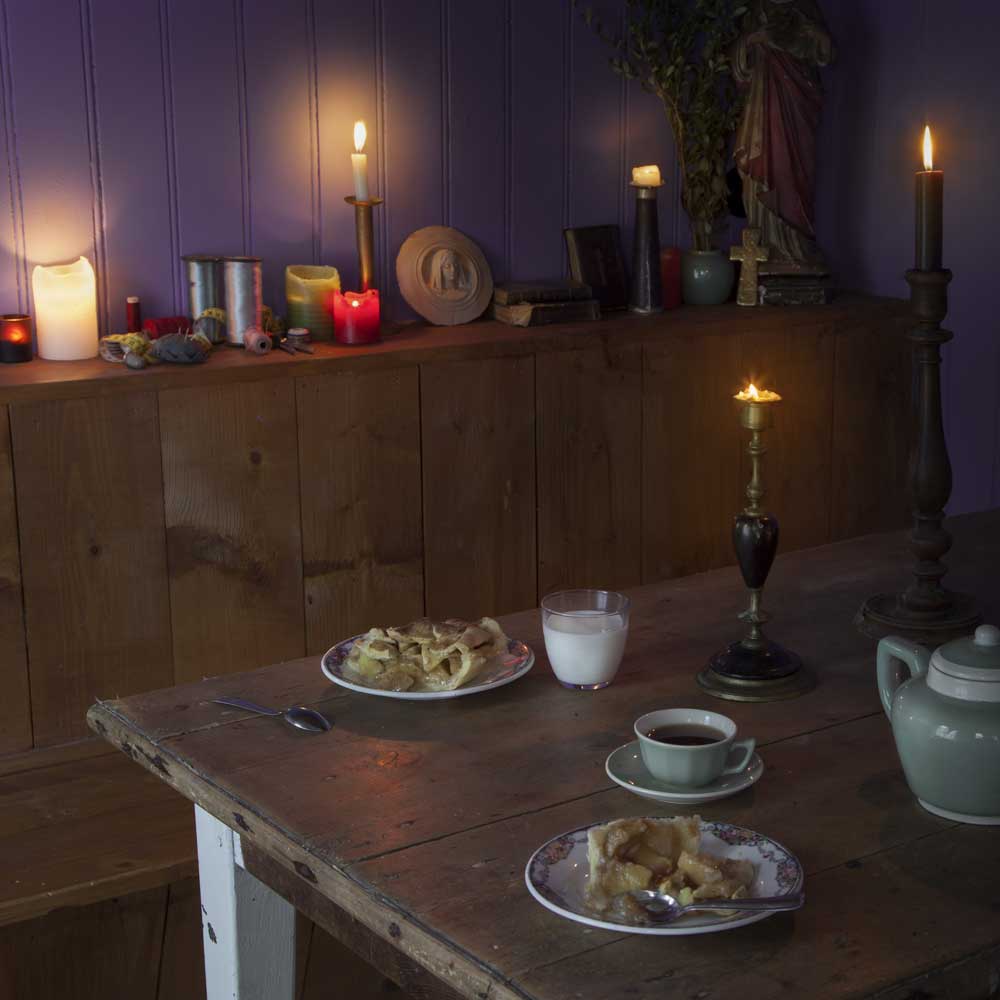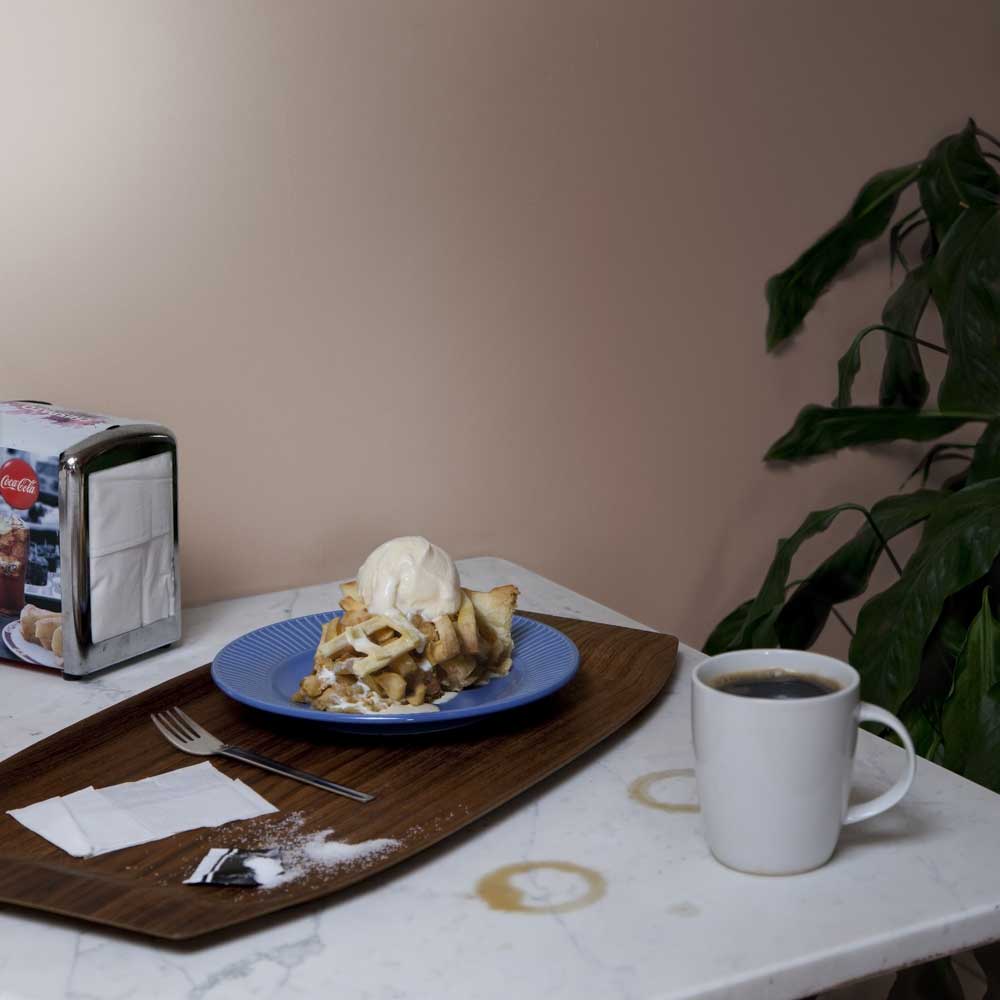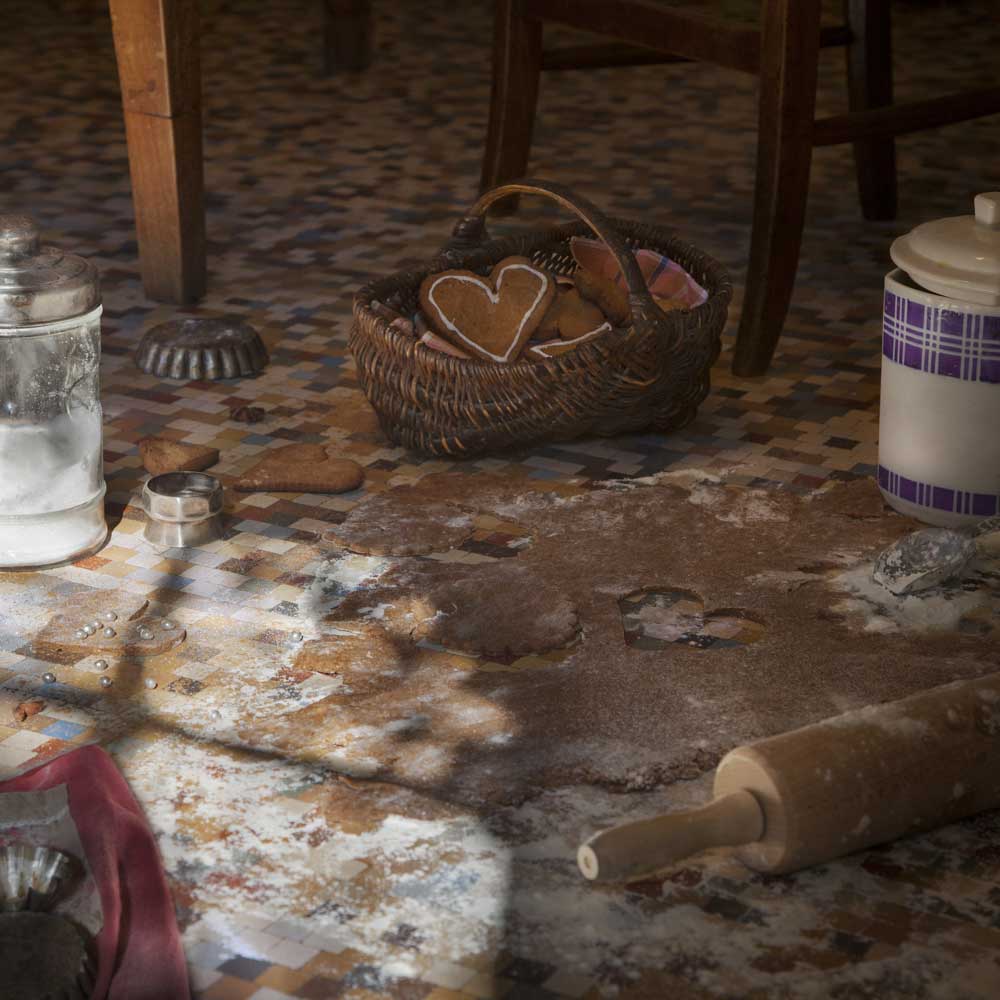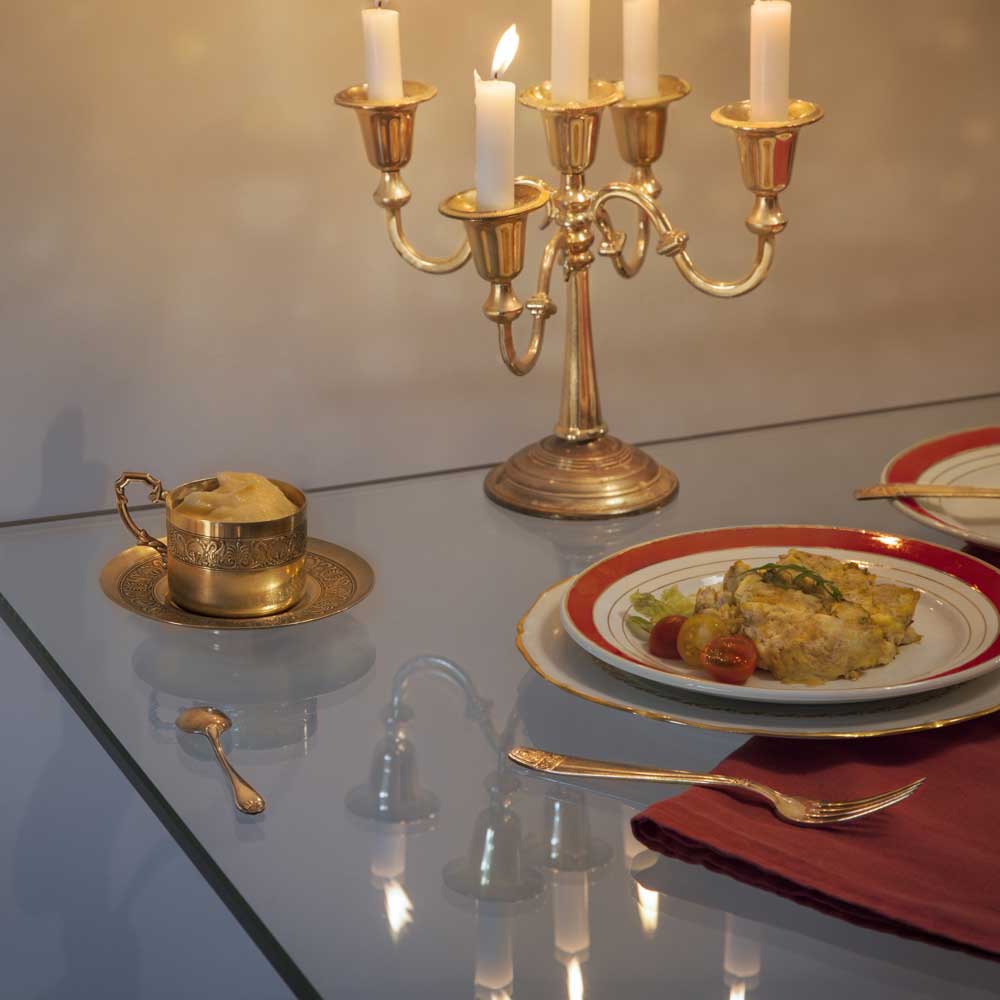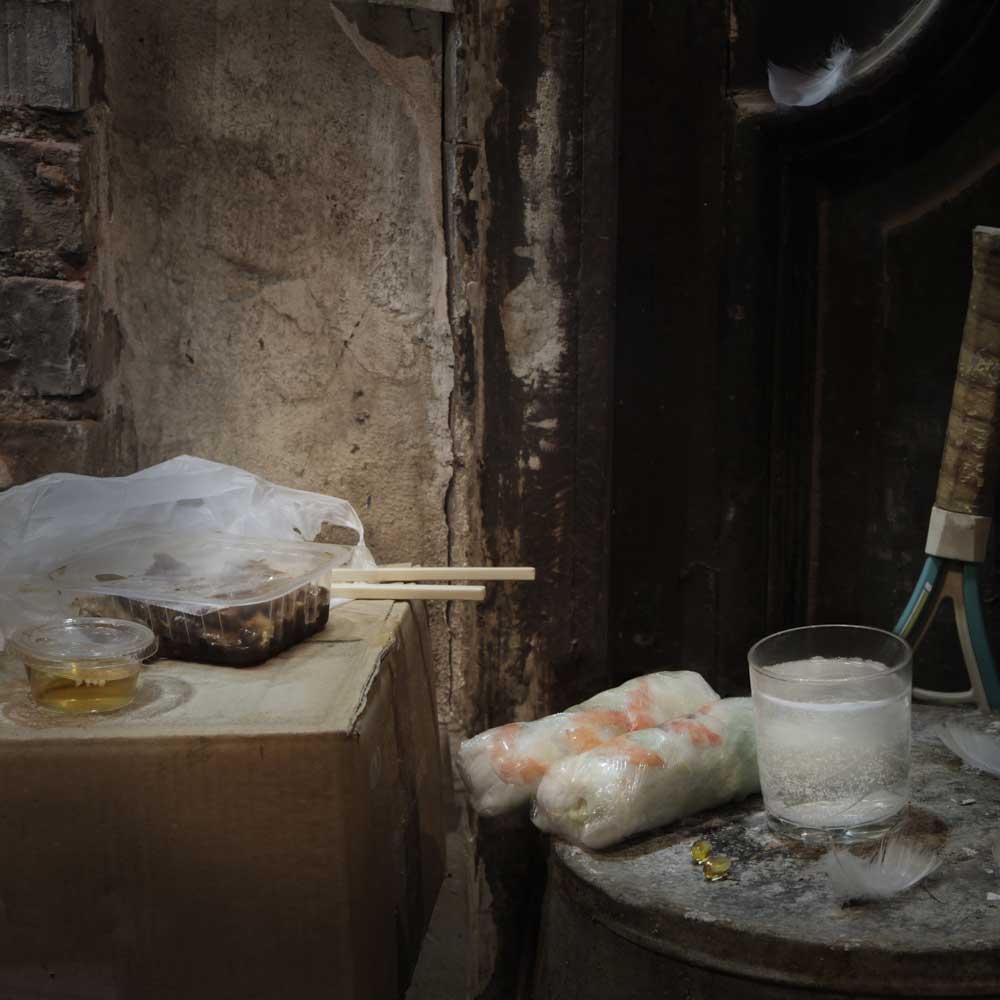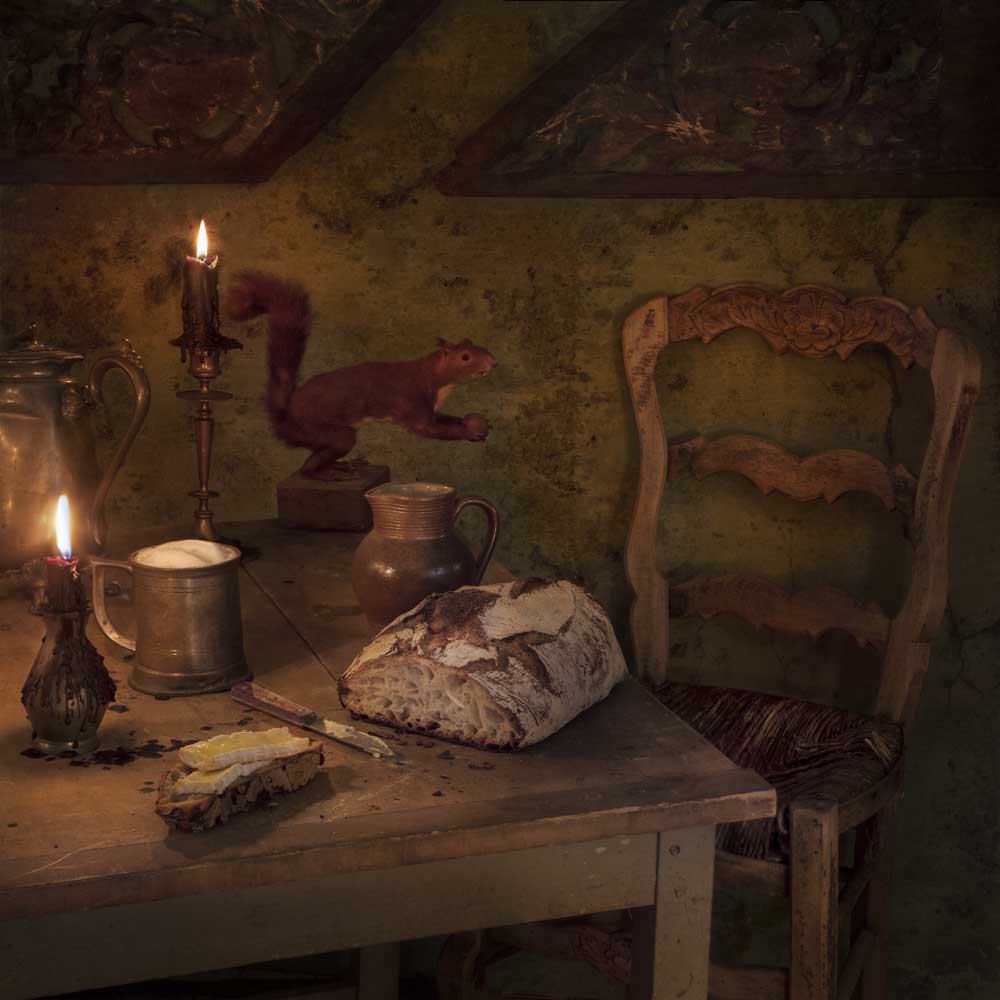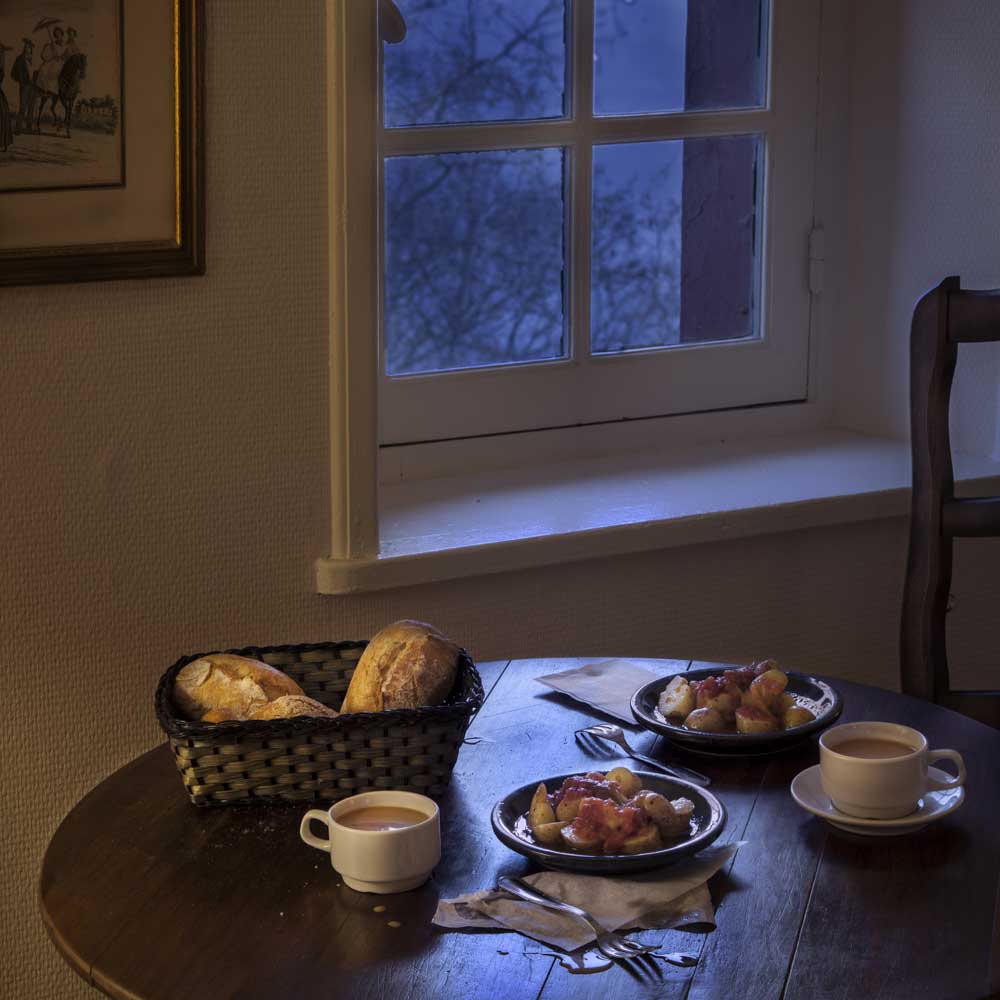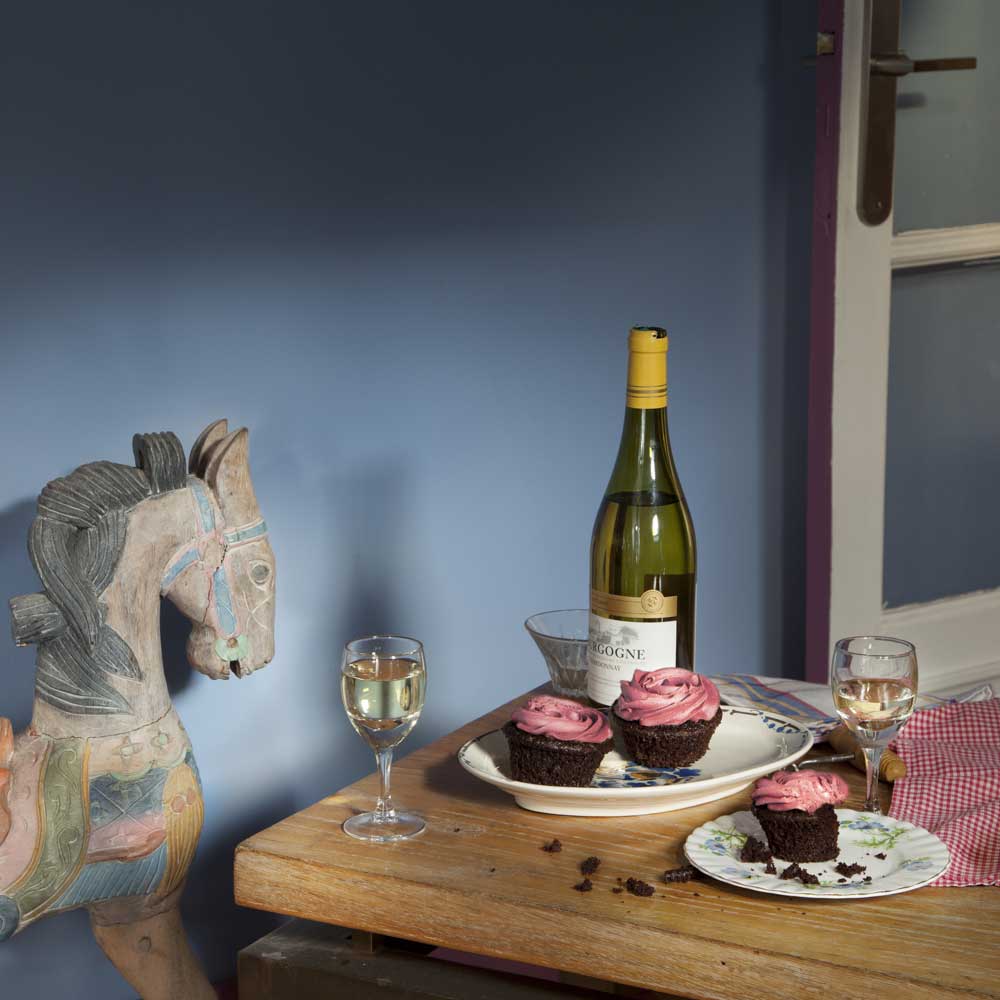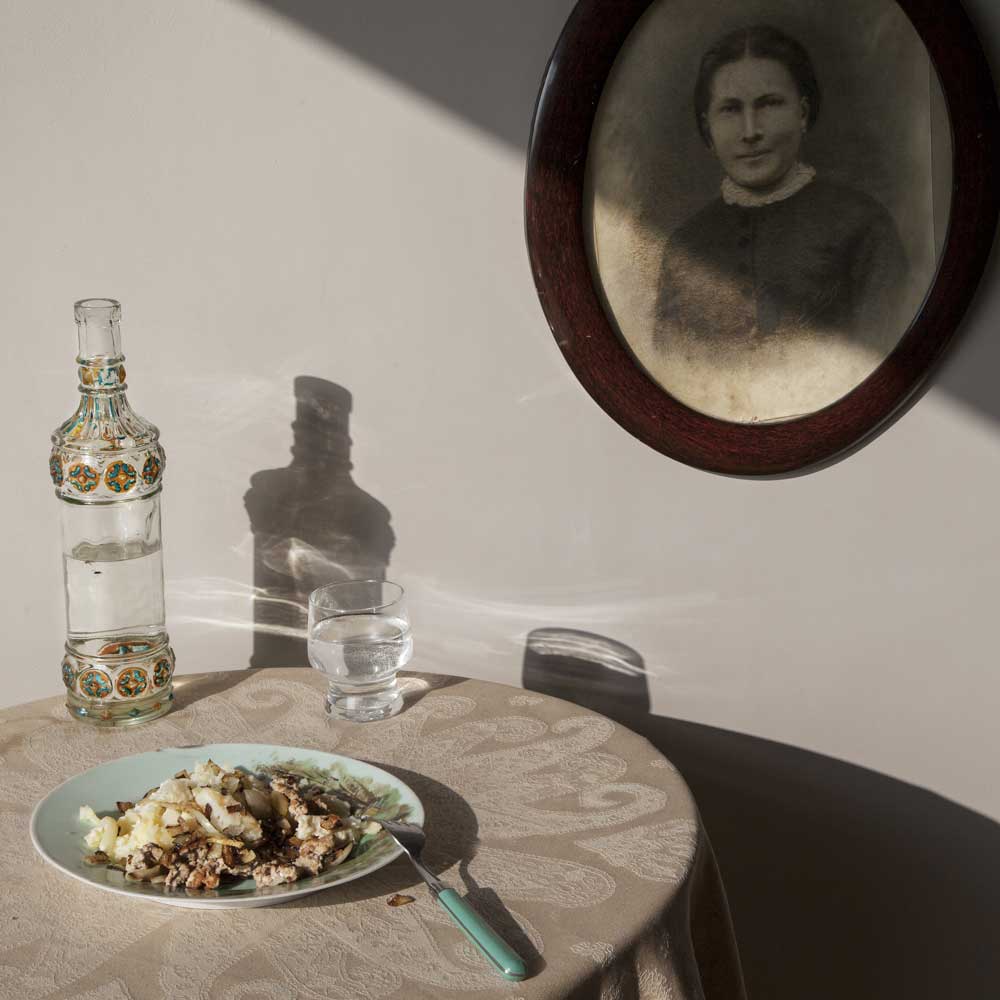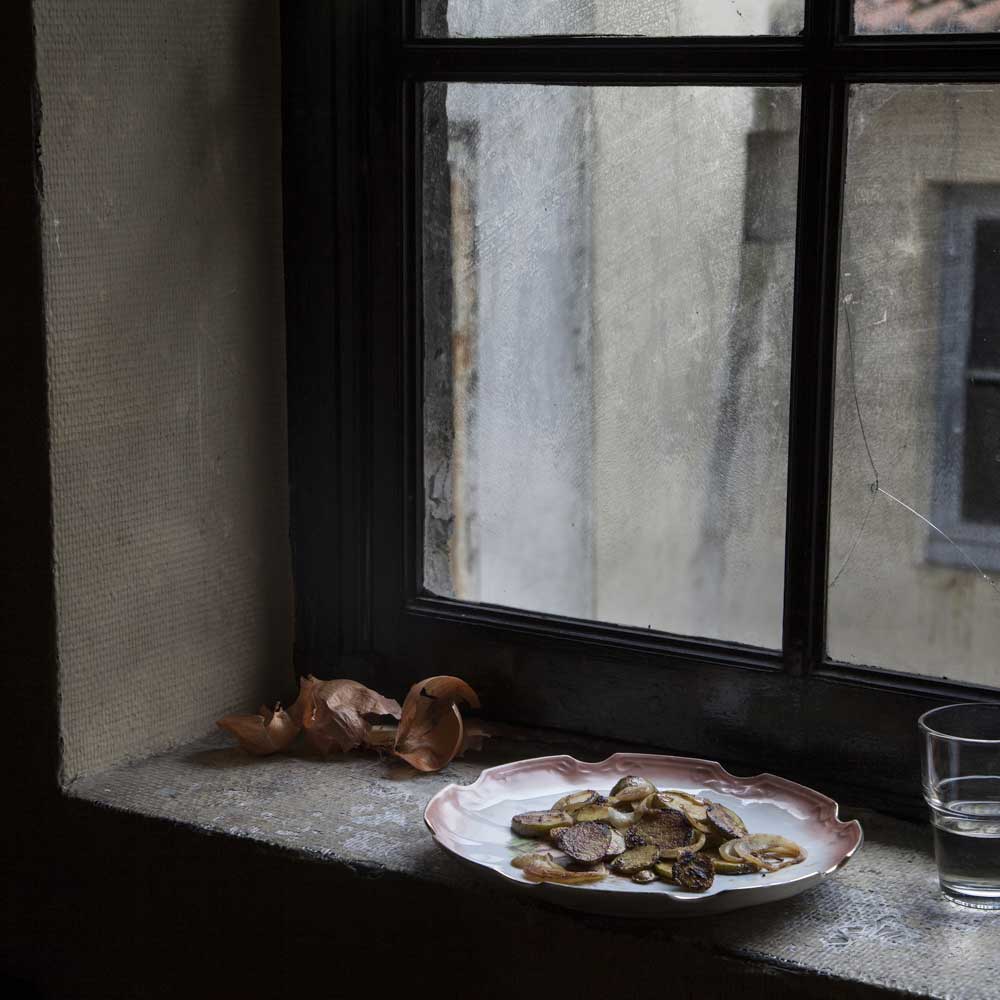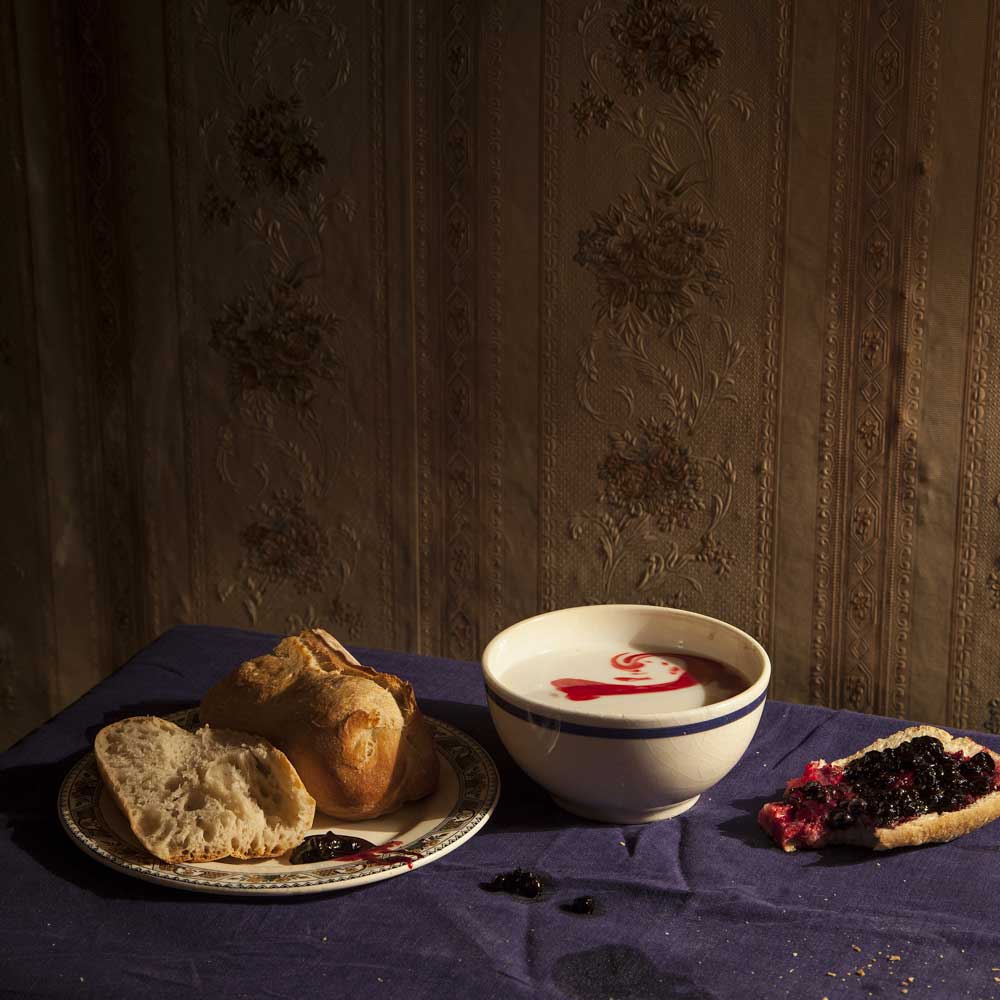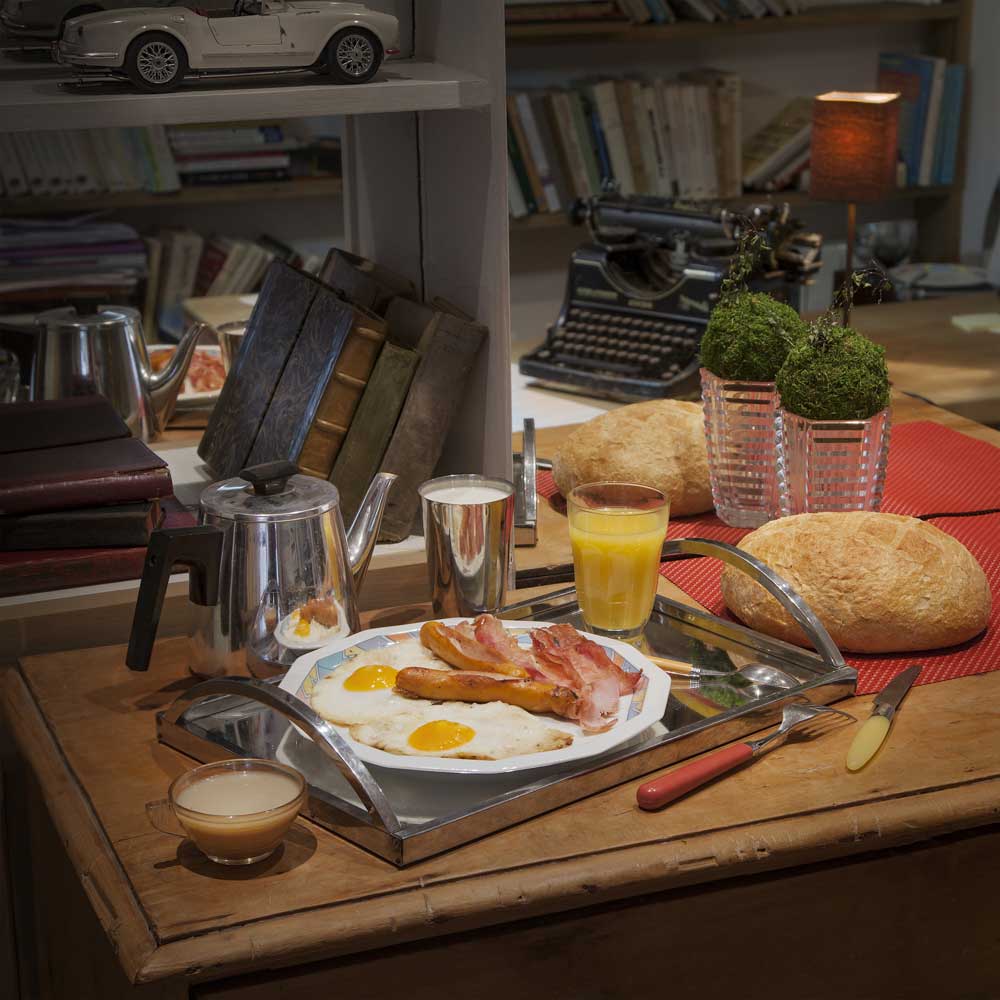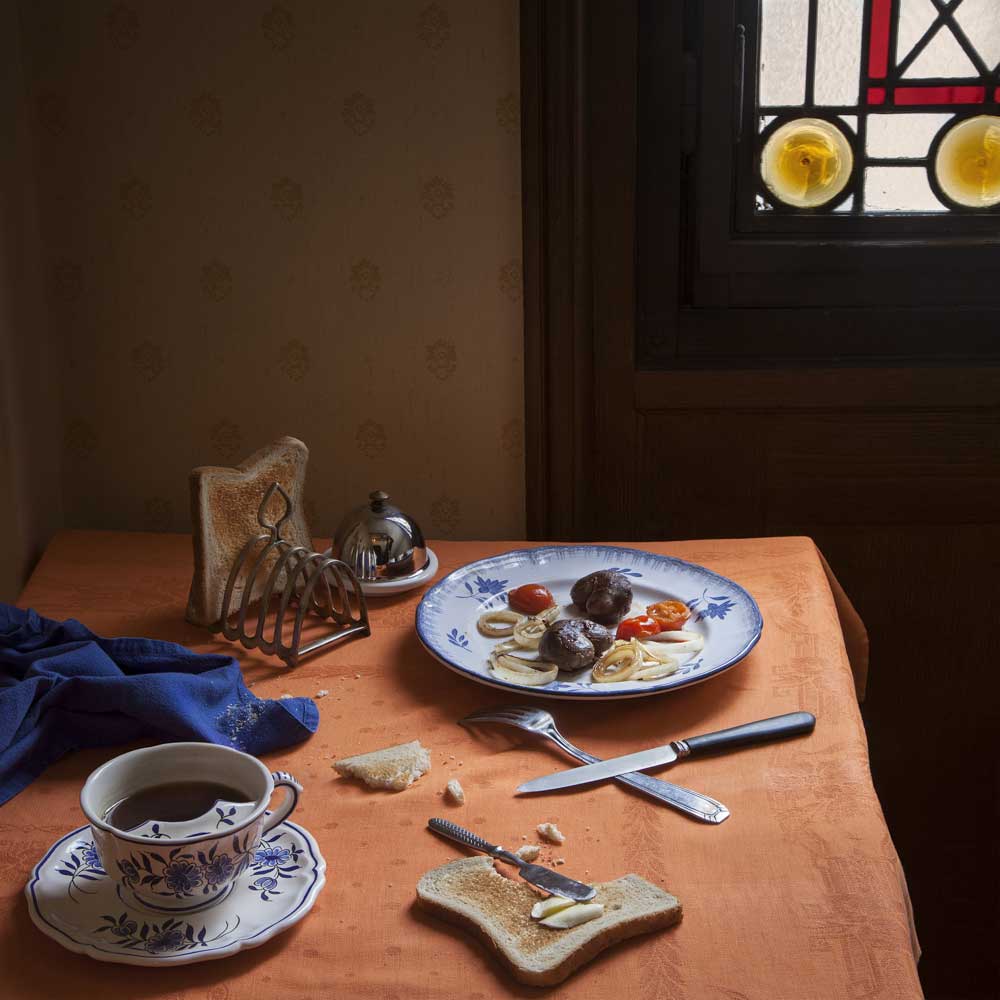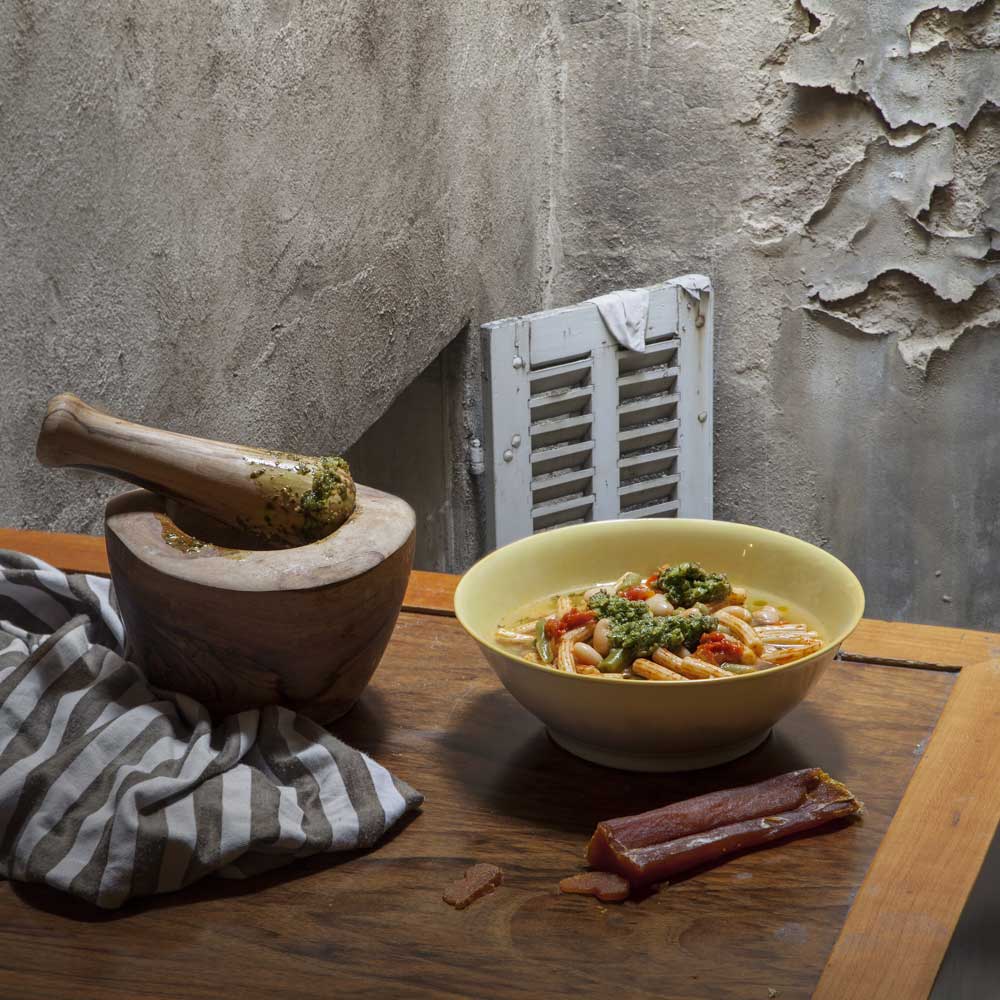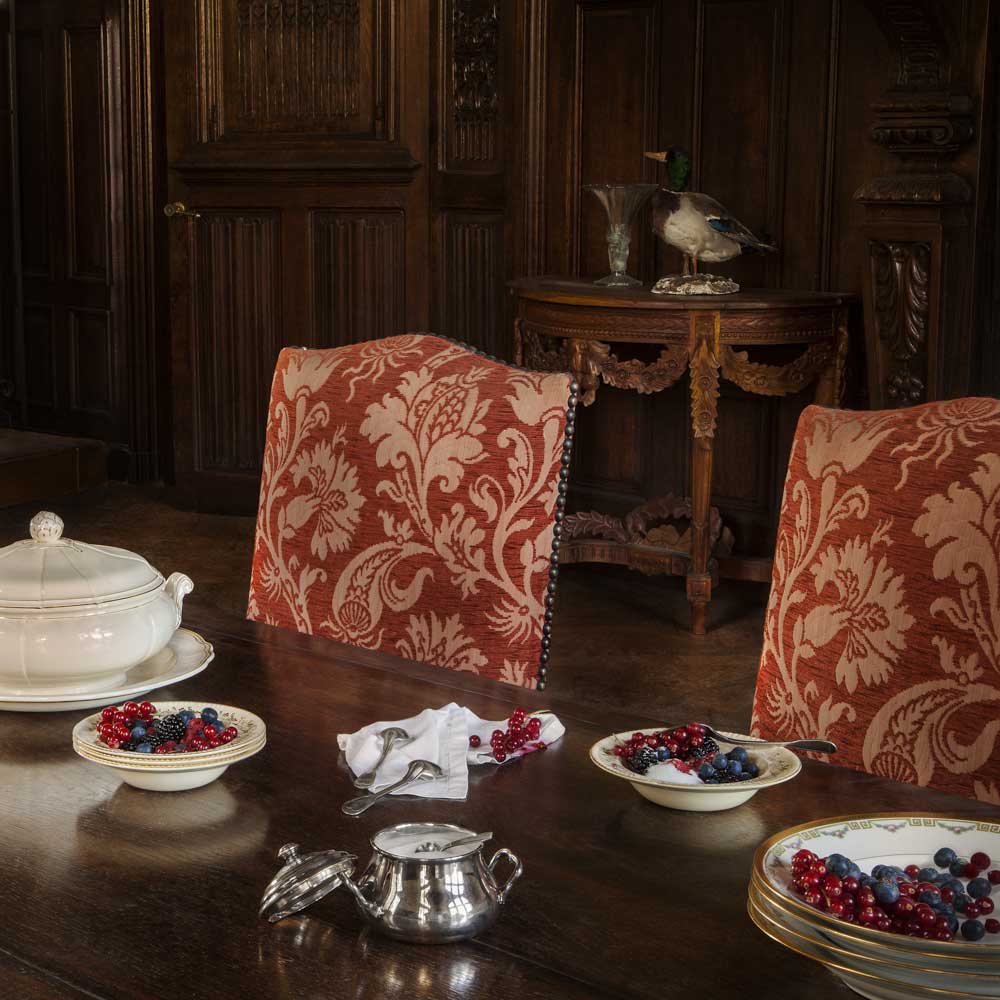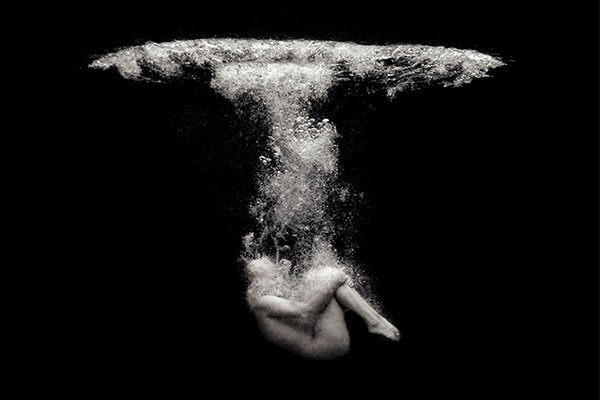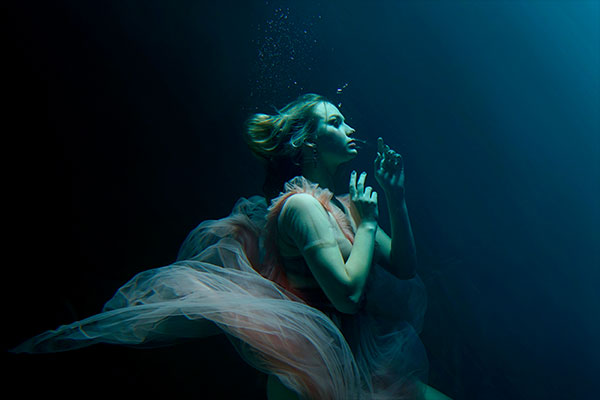Food is essential in life, and in some people’s lives, literature is too. The photographer Charles Roux has been thinking about the links between them and the result is Fictitious Feasts. He claims that, within a large selection of books, food scenes are actually relevant in terms of metaphors and human behaviours, at the service of a sensorial experience.
We all have been dreaming when reading the descriptions of the « eat me » cakes in Alice’s Adventures in Wonderland, we all craved for the madeleines in Swann’s Way. The literary realm is rich of mouthwatery descriptions of meals.
Roux’s process was long and he proves to be a hardworker : indeed, he decided to work on that project all on his own, doing the reading and rereading of fiction, literary criticism and cooking books ; collecting and gathering props from his family, friends, antique stores and even a cinema renting store (for Leopold Bloom’s tea in Ulysses).
Each indivual scene was created after a thorough reading and interpretation of the book, as Roux explains « following instincts and feelings about how we feel about the atmosphere when reading ». The attention to details is remarkable, and Roux shot his pictures in real backgrounds, with real food that he cooked himself. He faced the snowy Italian Alps to picture The Lion, The Witch and The Wardrobe (C.S. Lewis) in which delicious Turkish Delights were described, or entered an abandoned castle to create the gloomy scenery of Samuel Beckett’s Endgame.
Paying particular attention to details, Roux explains that he took a lot of notes on his books, and recreate the written and unwritten details. Some books are rich of descriptions, but others are rather opaque and leave a greater room to intepretation and imagination of the photographer. « I wanted to reach a point where ficiton and reality meet ». Both reading and taking pictures are rather personal and solitary practices.
Charles Roux is still working on the project, and is hoping to turn Fictitious Feasts into a book, to fulfil the whole purpose and come full circle, « from book to book ». He is currently looking for a publisher. You can follow the progression over his website or his instragram account.
About Charles Roux
Charles Roux attended Paris photo school Icart Photo and graduated as first of the year, and receveid the first rank for his end-of-studies portfolio « Fictitious Feasts ». His fondness for literature and histoiry also led him to attend Paris universities in Spanish Civilizations, English Literature, and Philosophy. Photography is the way Charles and copes with cratives rushes of mind, and his particular vision over the world and over life. Everything is a matter of stories, of atmosphere and emotions. His work has been displayed online and in galleries abroad. « Fictitious Feasts » was part of 2014 Head On Festival. Charles is currently living and working in Paris and Europe. [Official Website]


